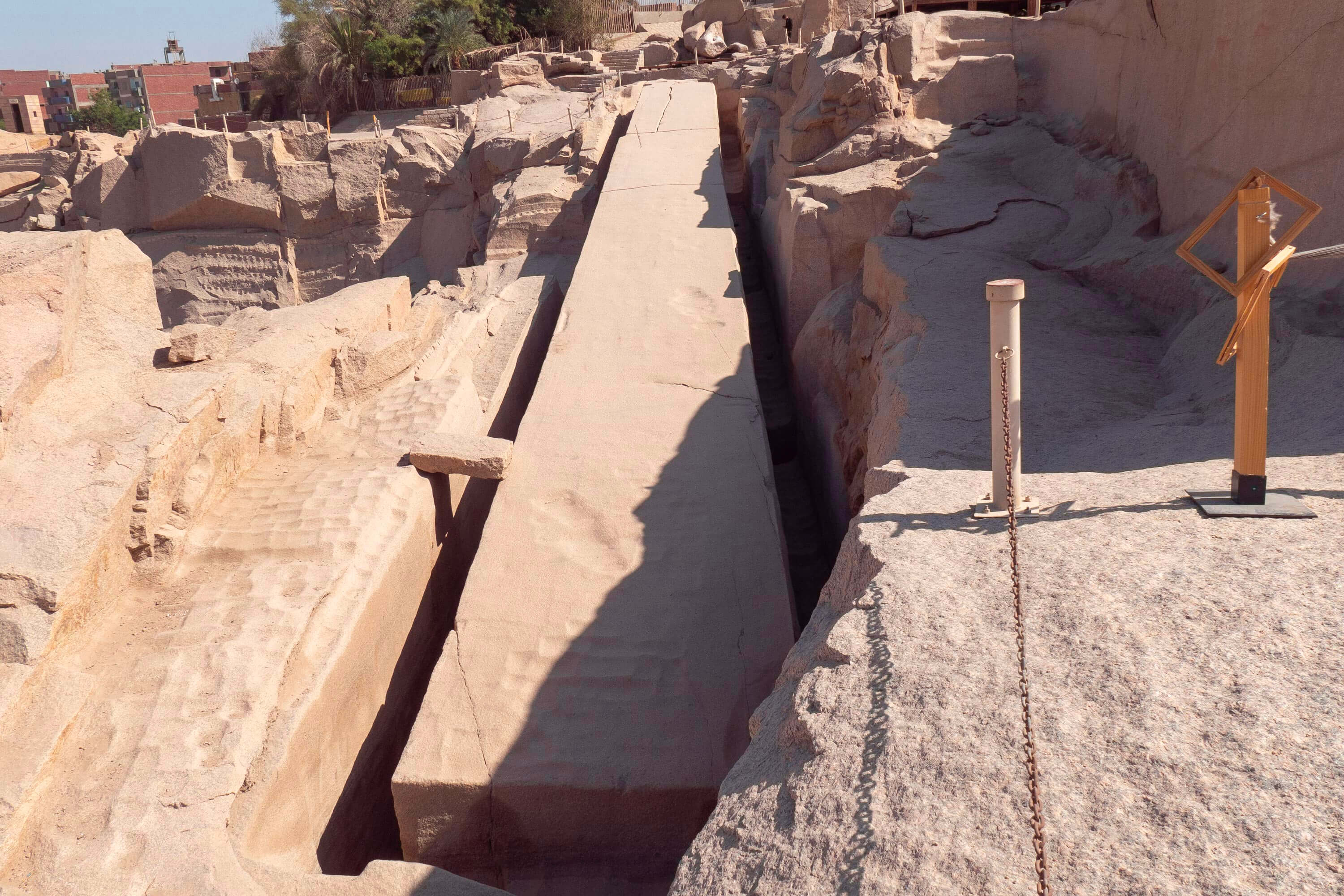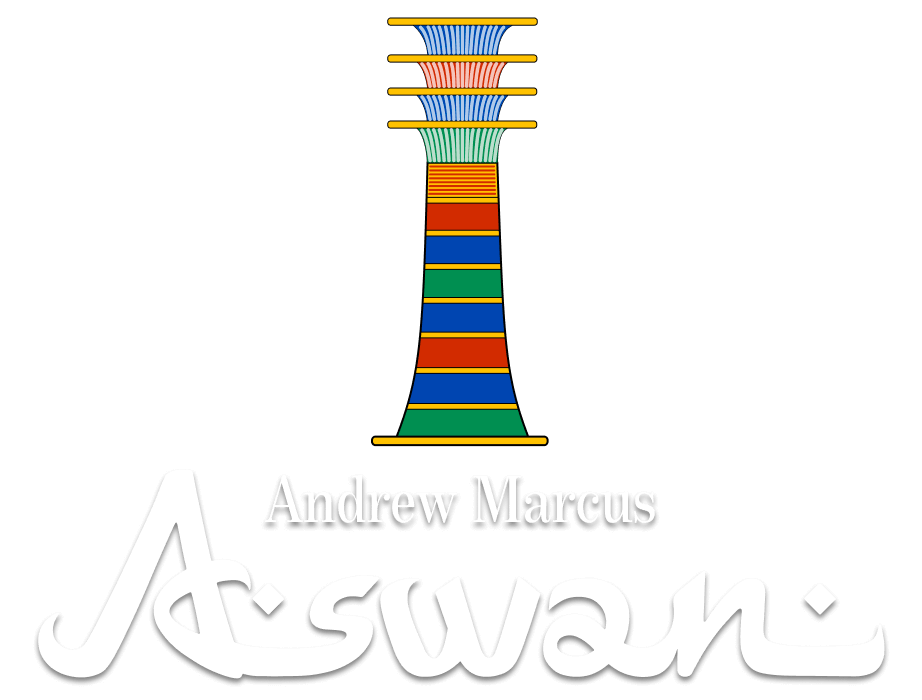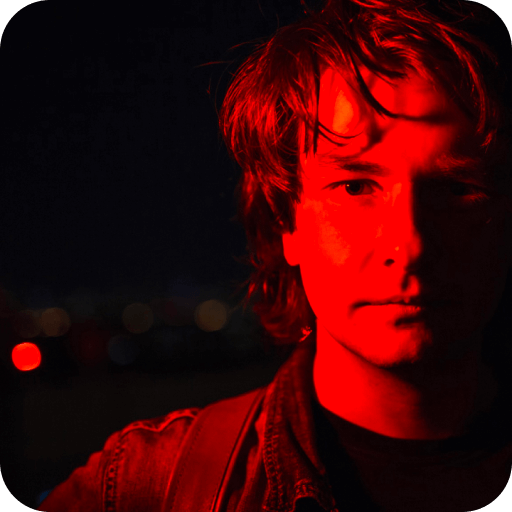Aswan
Aswan is the last city in Egypt. It is located in the far south of the country. There are no more cities to the south: only settlements.
This city is not well known. The most interesting site in Aswan is the unfinished obelisk, which is often cited as an answer to the question: how did the Egyptians carve enormous obelisks from granite without modern tools? Well, that’s exactly how — carved them right out of the rock.
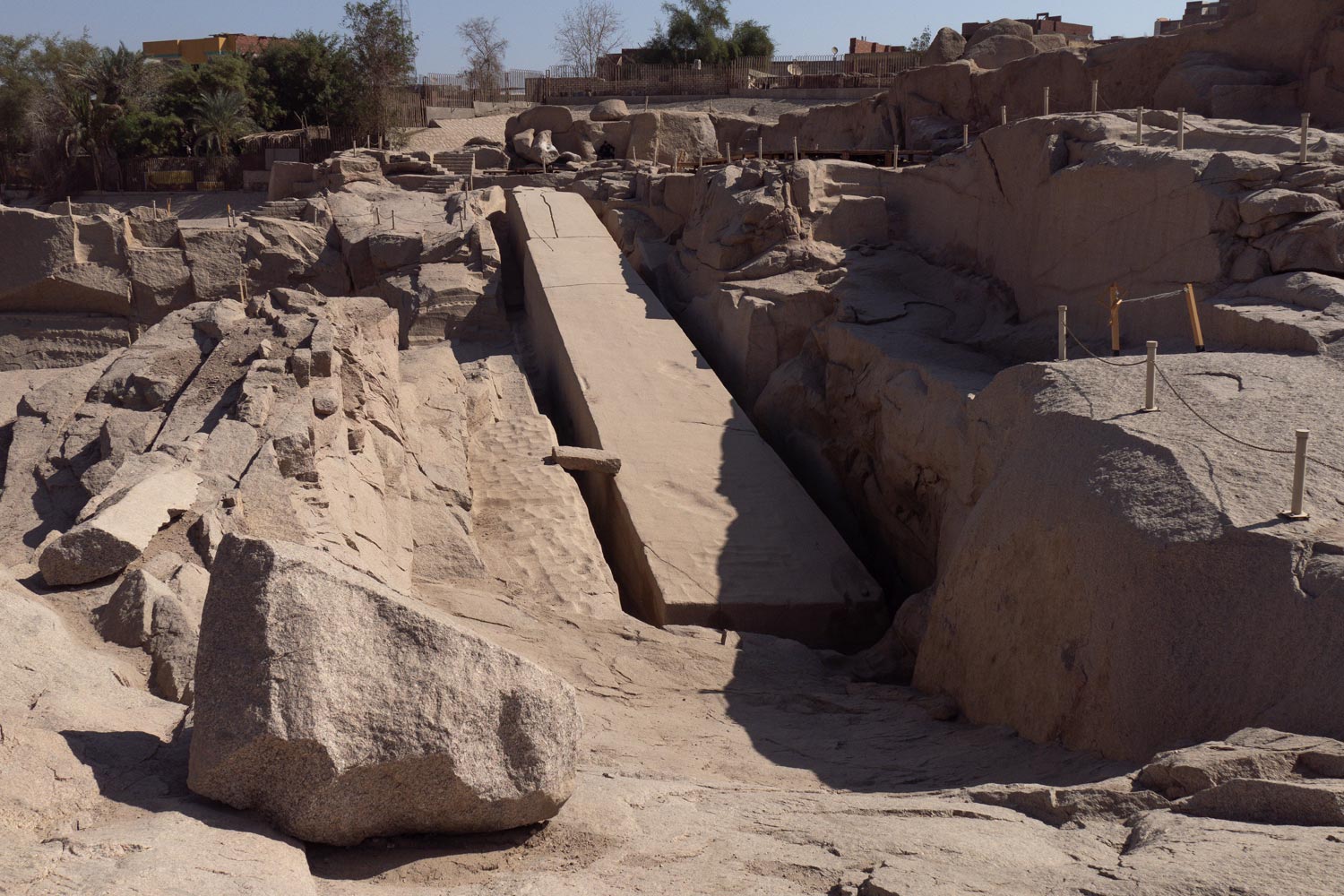
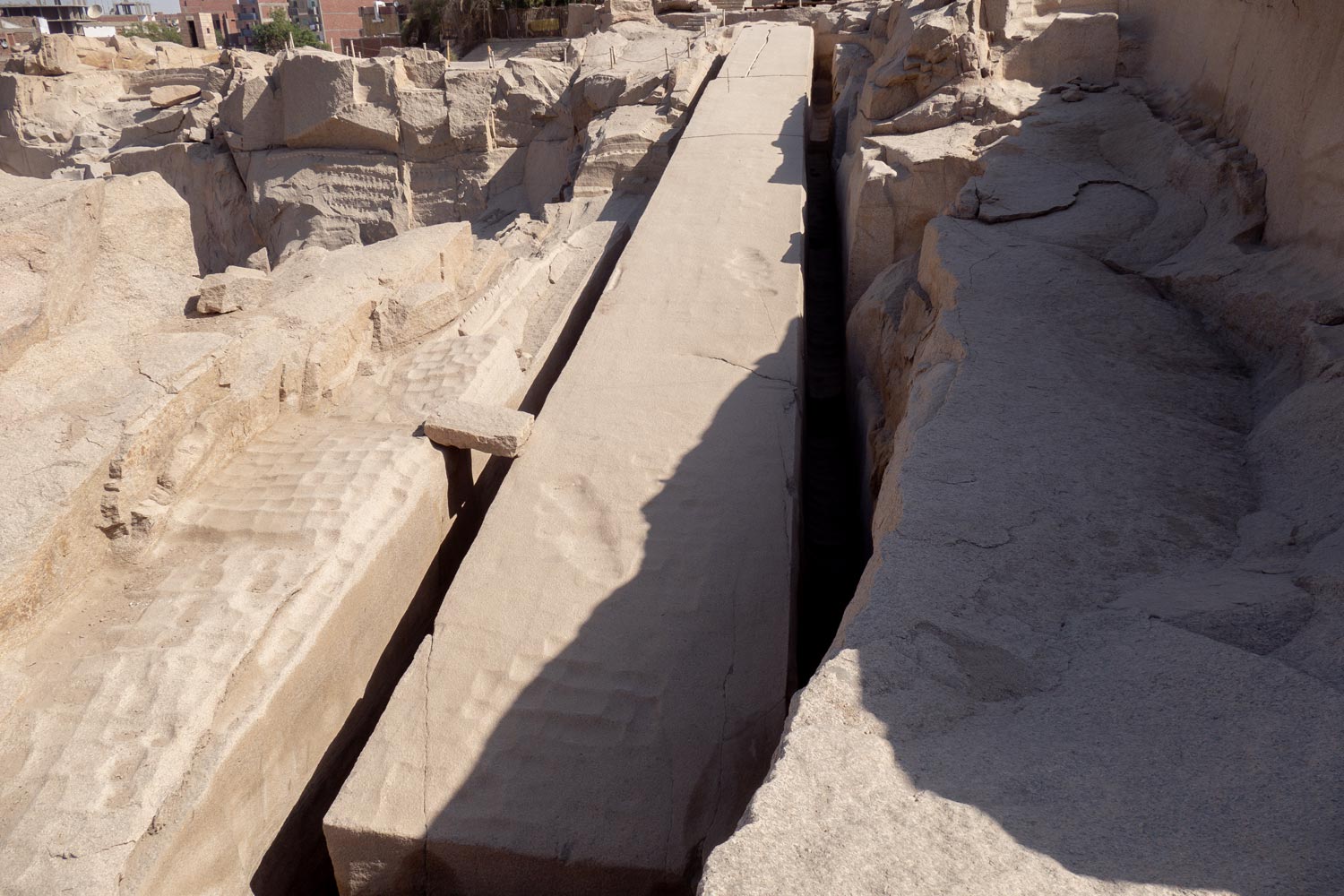
The tool marks are clearly visible on the obelisk.
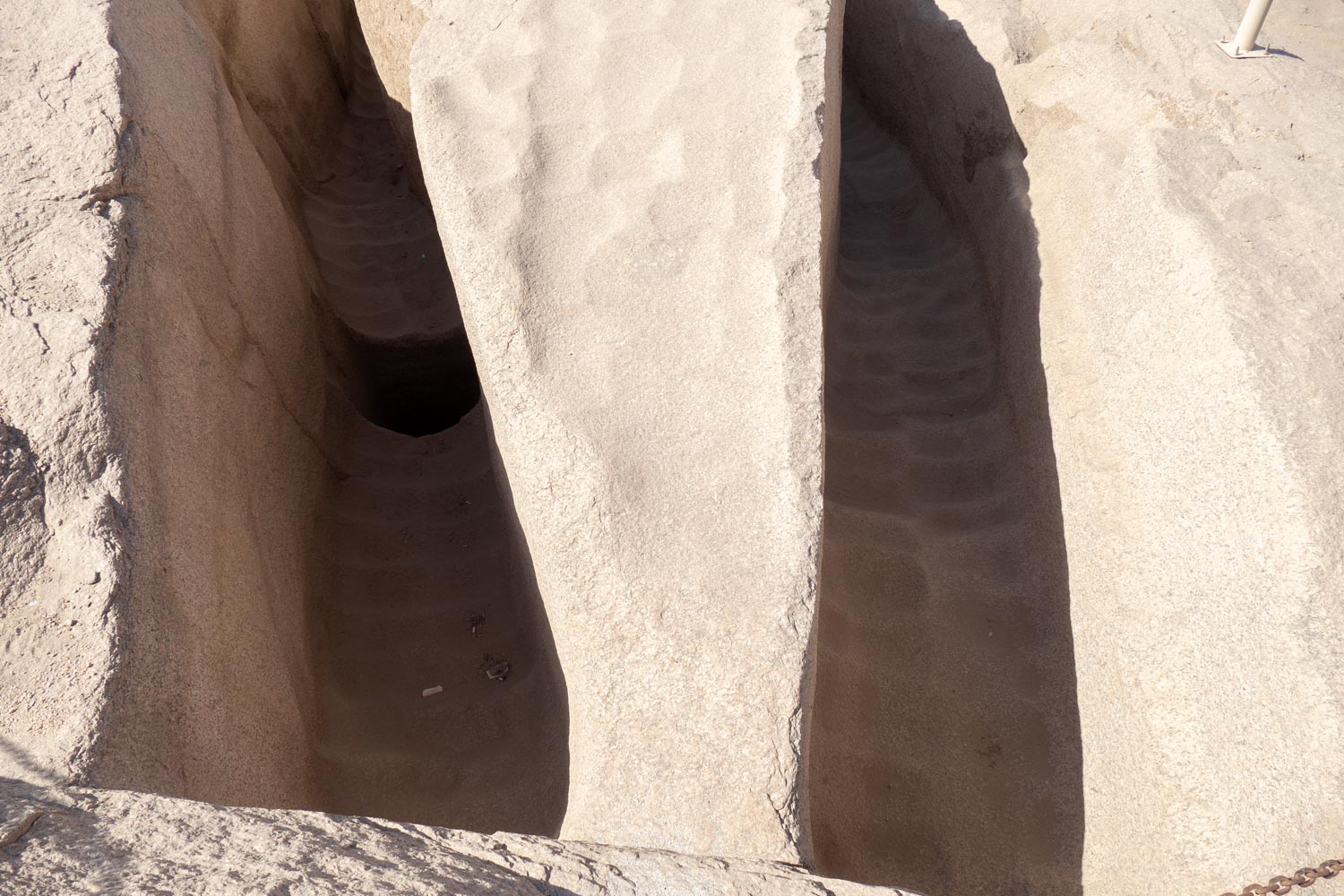
This obelisk was carved by order of Pharaoh Hatshepsut, who wanted to place it in the Karnak Temple. The work stopped because a large crack appeared in the obelisk. Today it’s called exactly that — the Unfinished Obelisk.
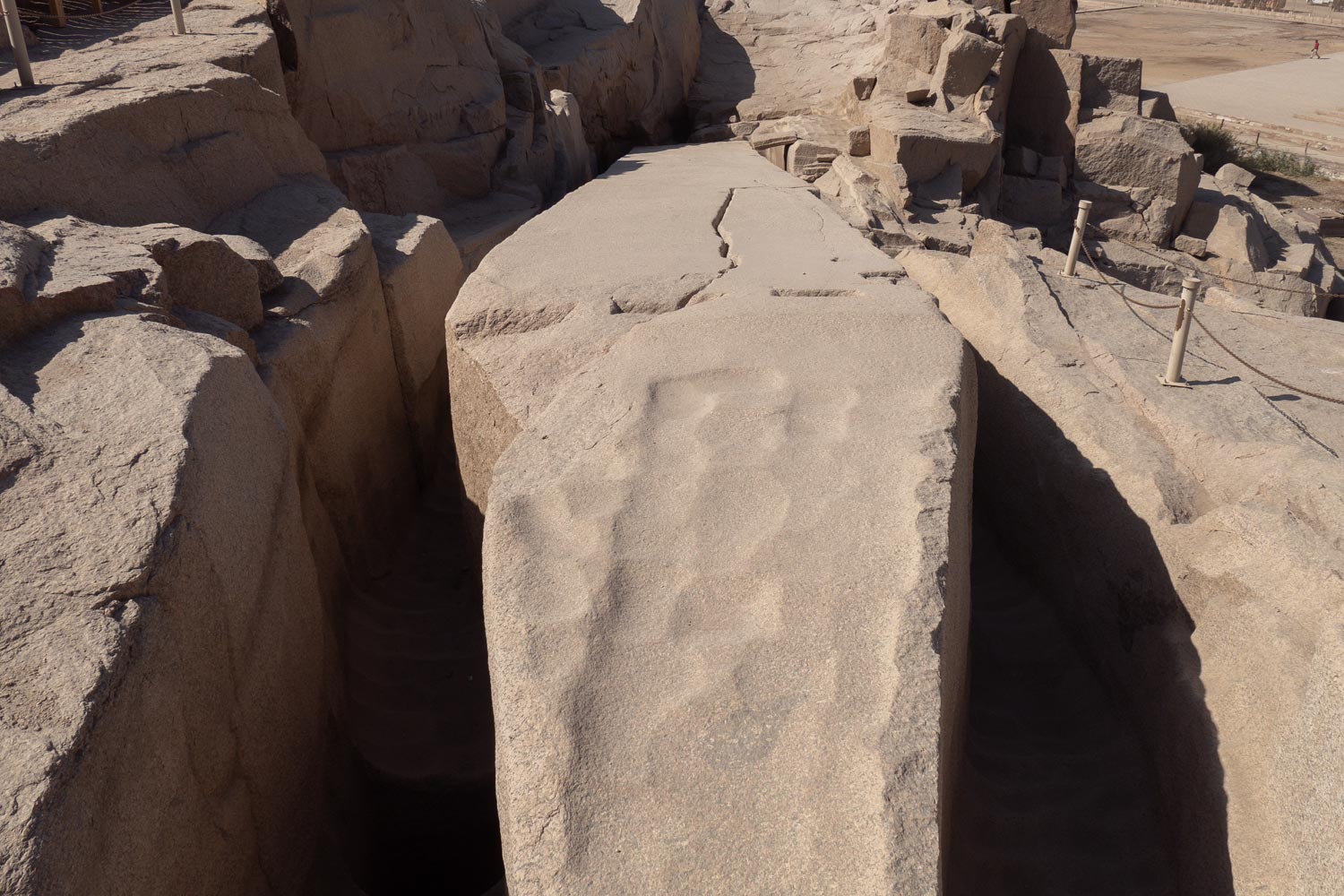
Another well-known place in Aswan is the hotel Old Cataract. It is named so because the first cataract of the Nile River is located near Aswan. In fact, it is due to this cataract that Aswan became the last city in Egypt: traveling further along the river was very difficult.
The hotel is famous for once being the residence of Agatha Christie, who wrote there her famous novel “Death on the Nile”. The main character is the detective Hercule Poirot.
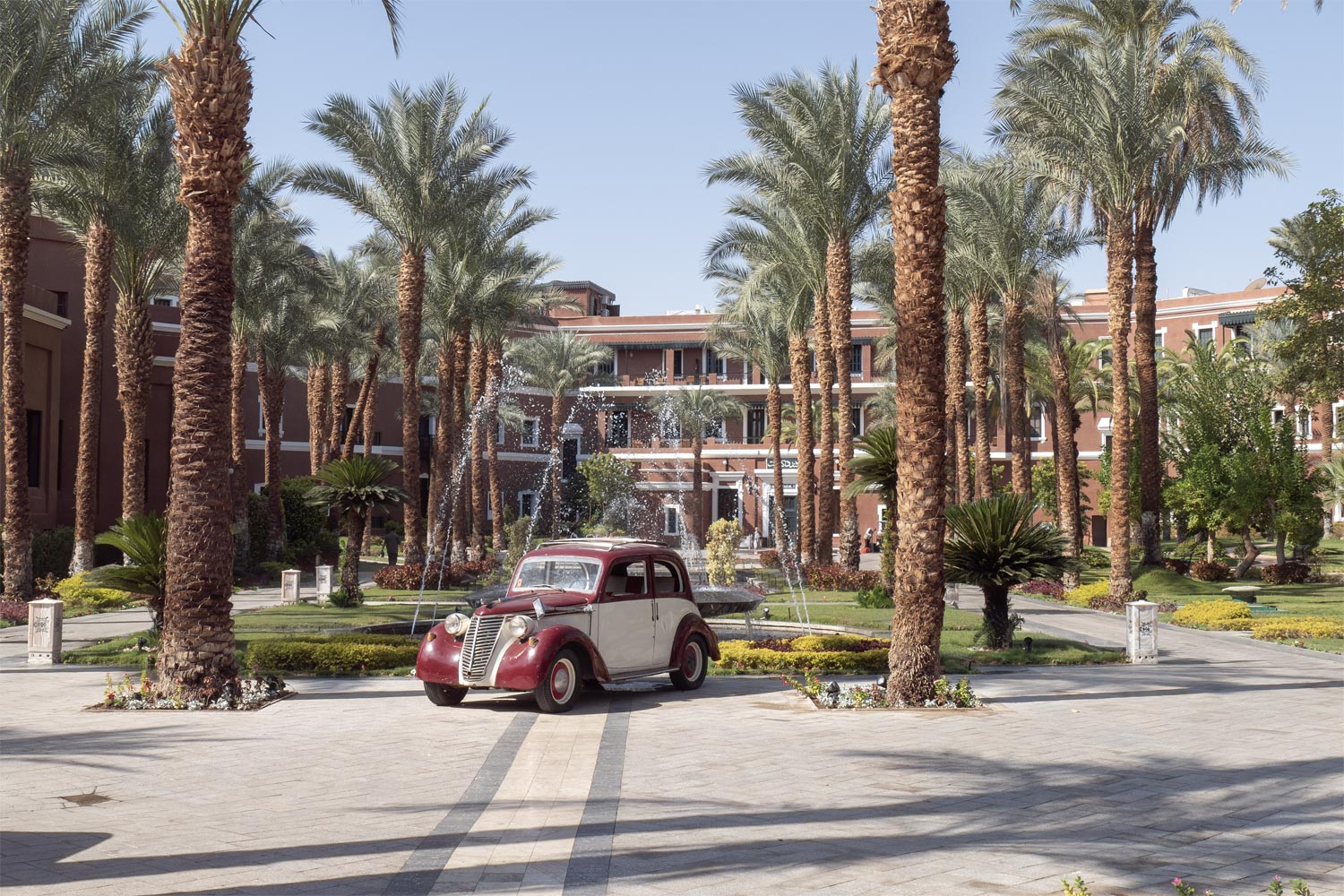
Today, tours are conducted at the hotel. Room prices start at $500, and one night in Agatha Christie’s room costs about $8,000.
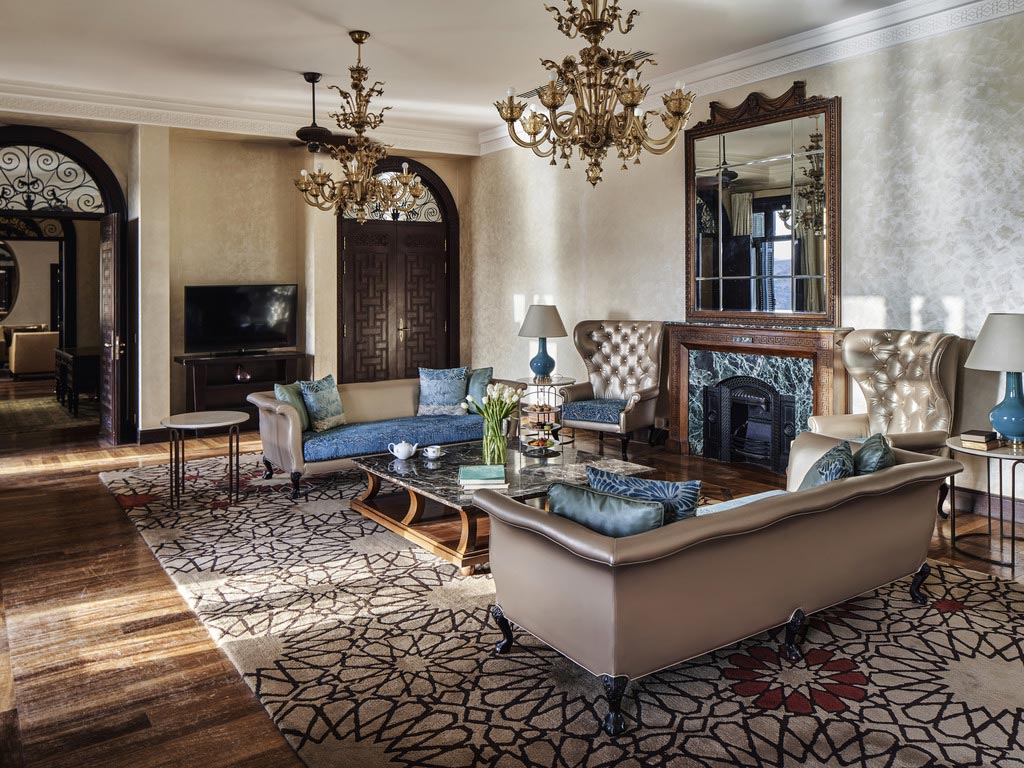
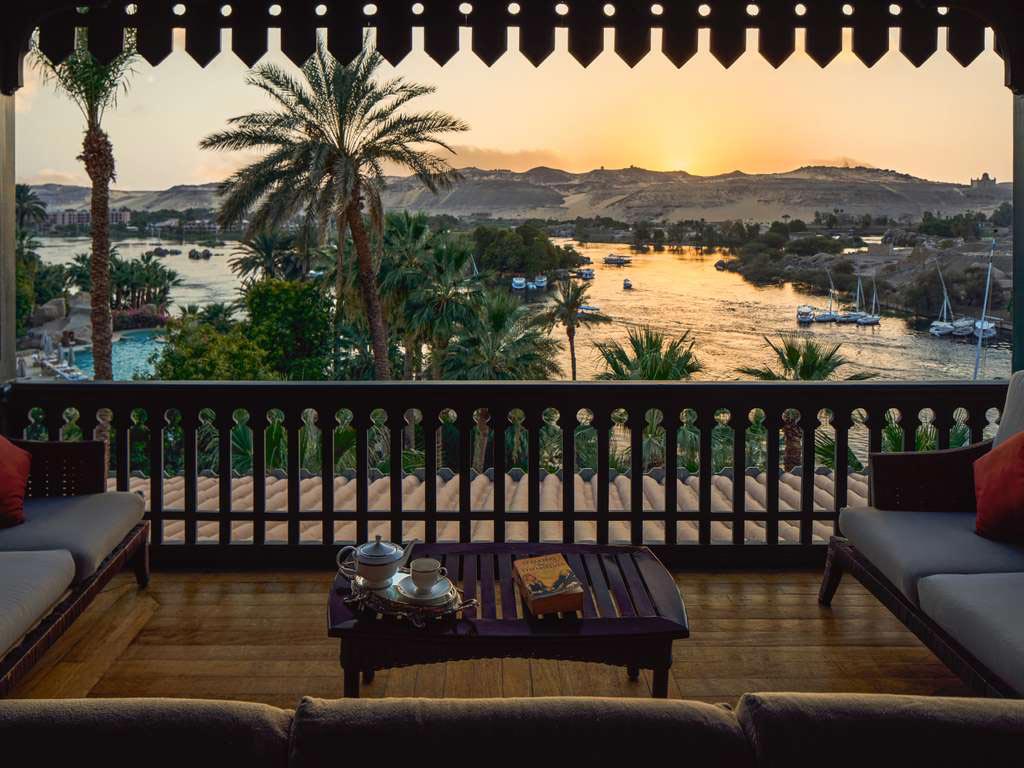
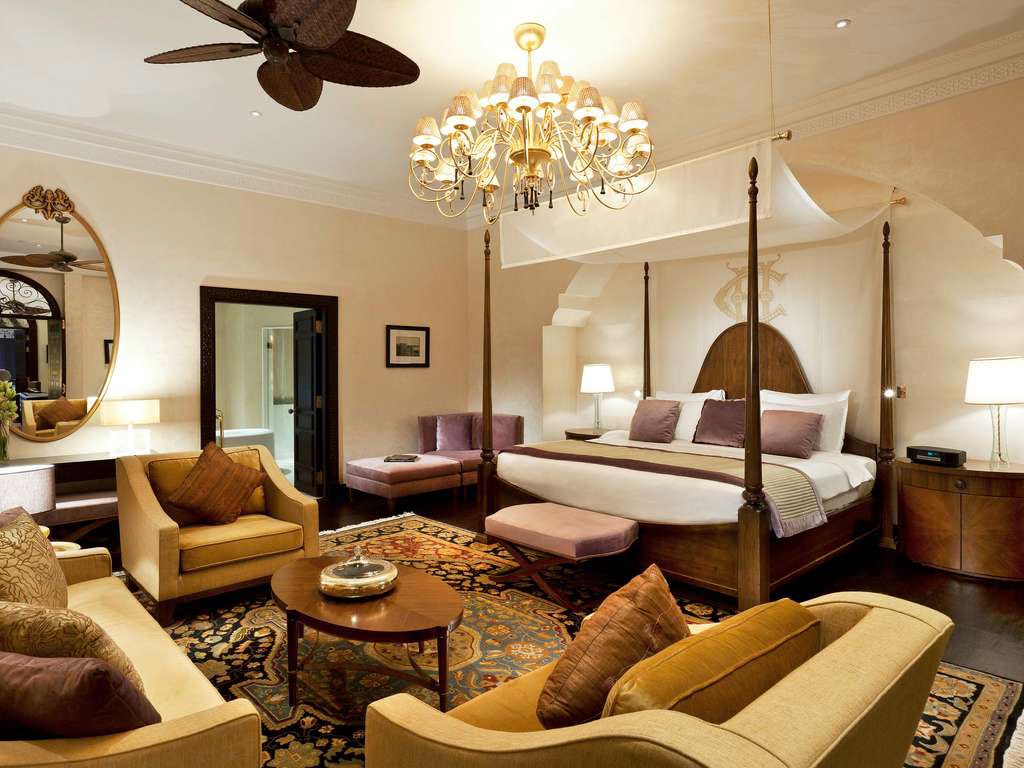
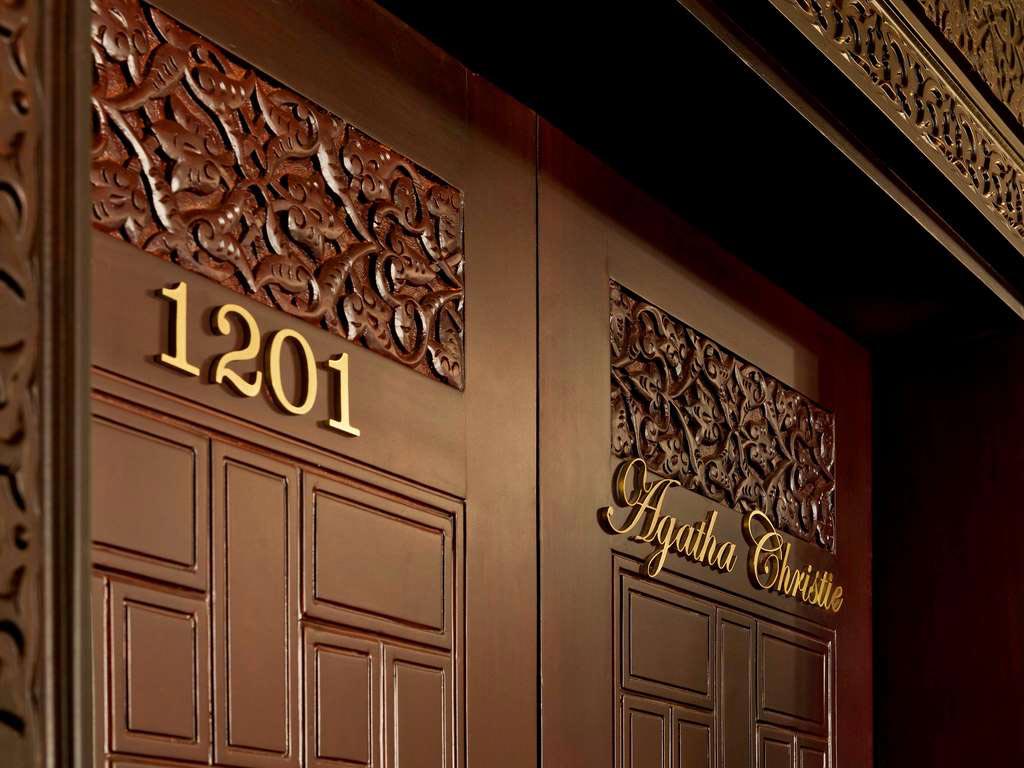
The author is not that wealthy, so he preferred to rent a room on Elephantine Island.
This island is a true gem. It is very small: its length is just over a kilometer, and its width is only 400 meters. It is located in the middle of the Nile, directly opposite the mainland part of Aswan. The island got its name from the local market, where ivory (elephant’s tusks) was traded long ago.
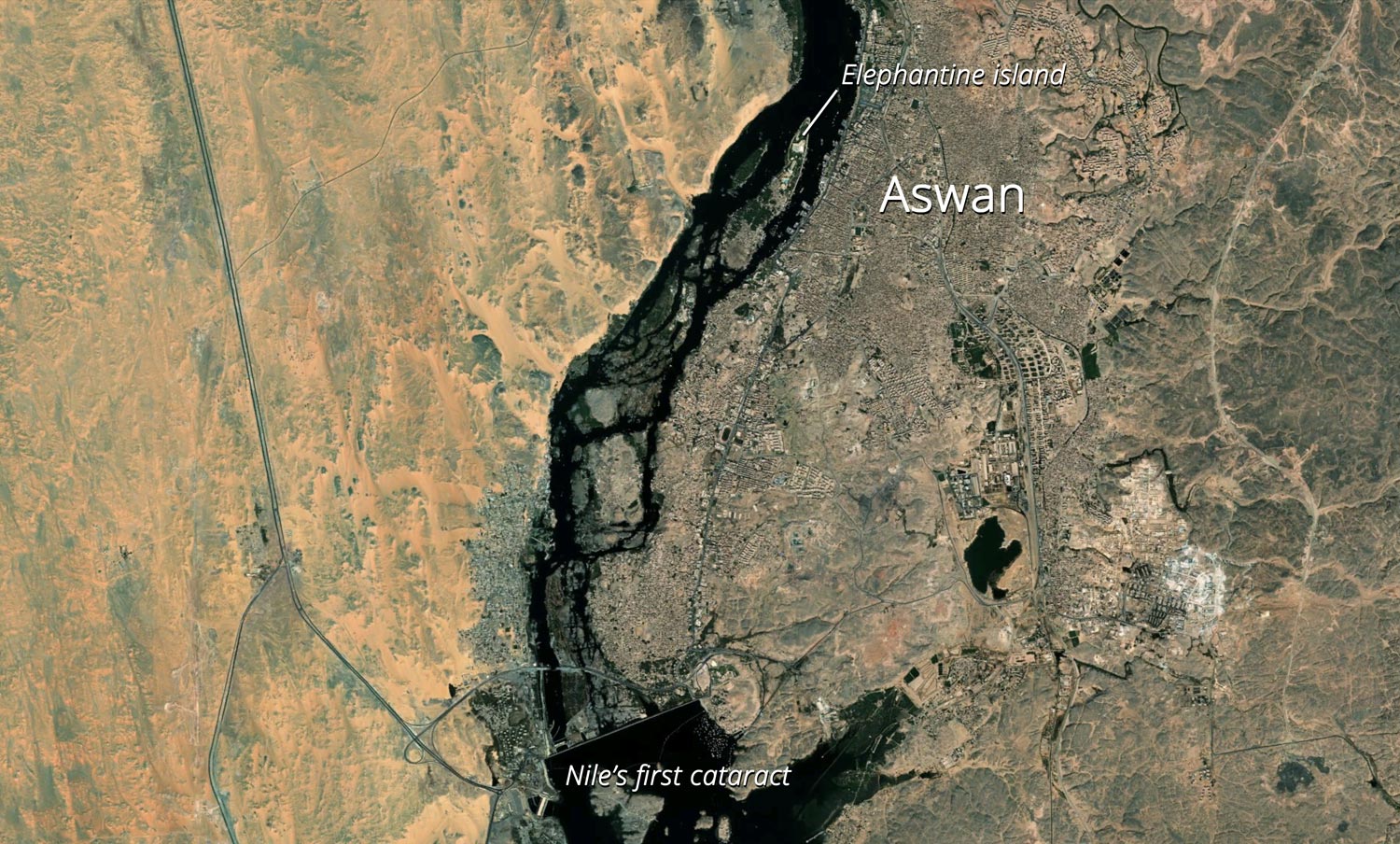
Today, there is no market on the island, but there live Nubians. Nubia is the name of the historical region south of Egypt, which begins right after the first cataract of the Nile. Today, a small part of Nubia belongs to Egypt, while its main portion is part of Sudan.
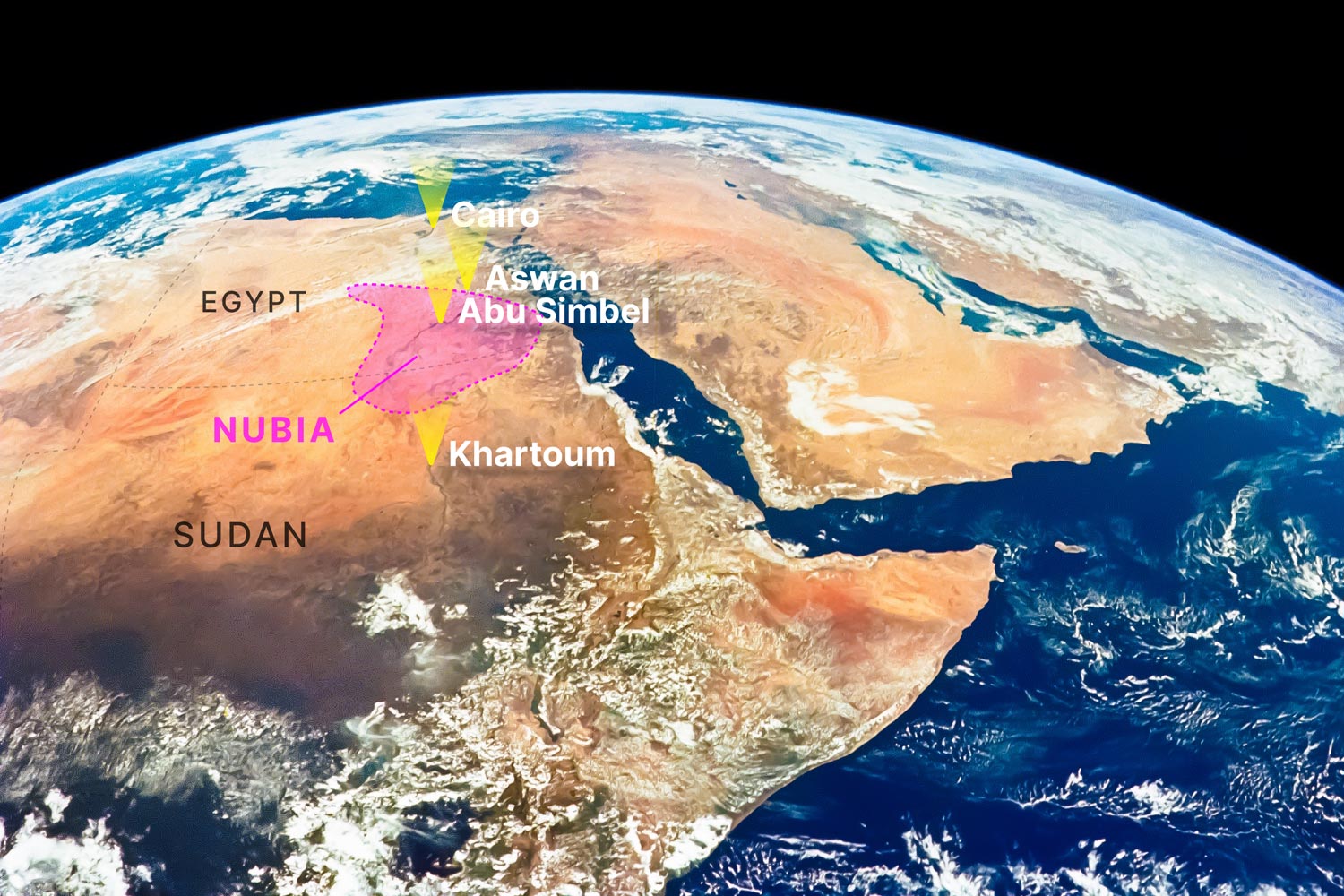
Nubians are noticeably different from Egyptians, with darker skin and African facial features.
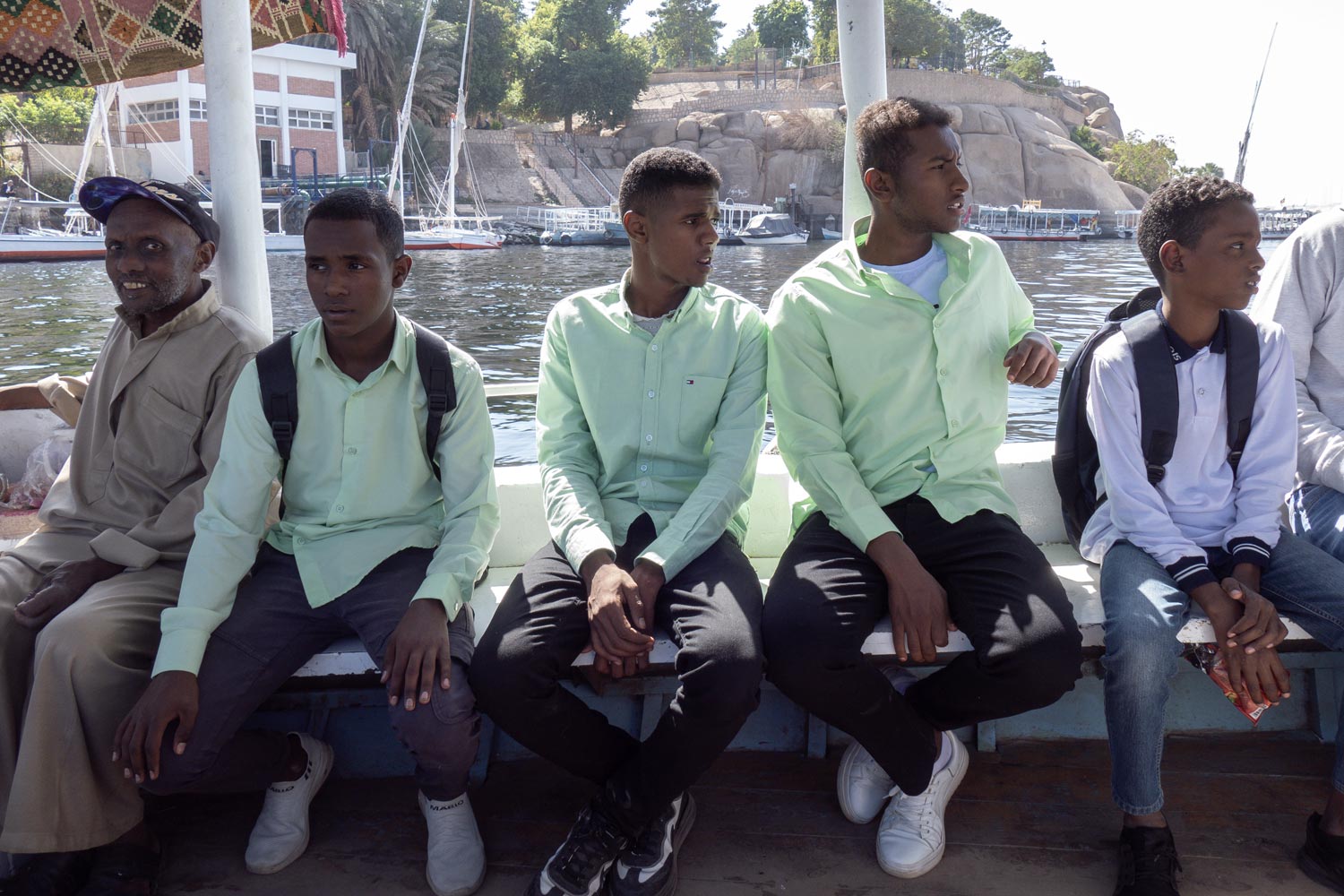
Nubians more often than Egyptians wear the traditional garment called a galabeya, and they tie a turban on their heads.
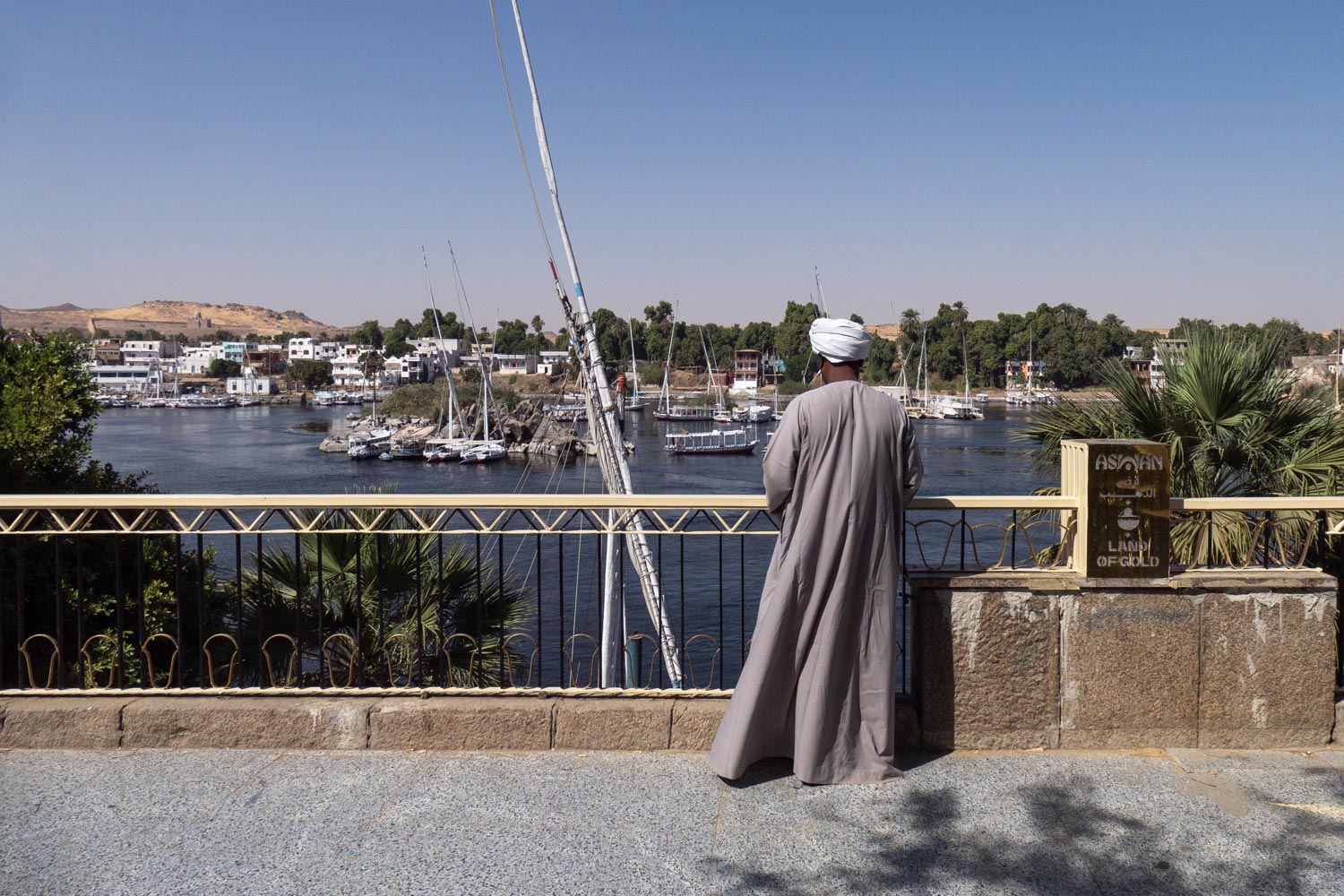
Elephantine Island is a window, or rather a fortochka, into another world. The familiar Arab houses that greet travelers on this island turn out to be just a facade.
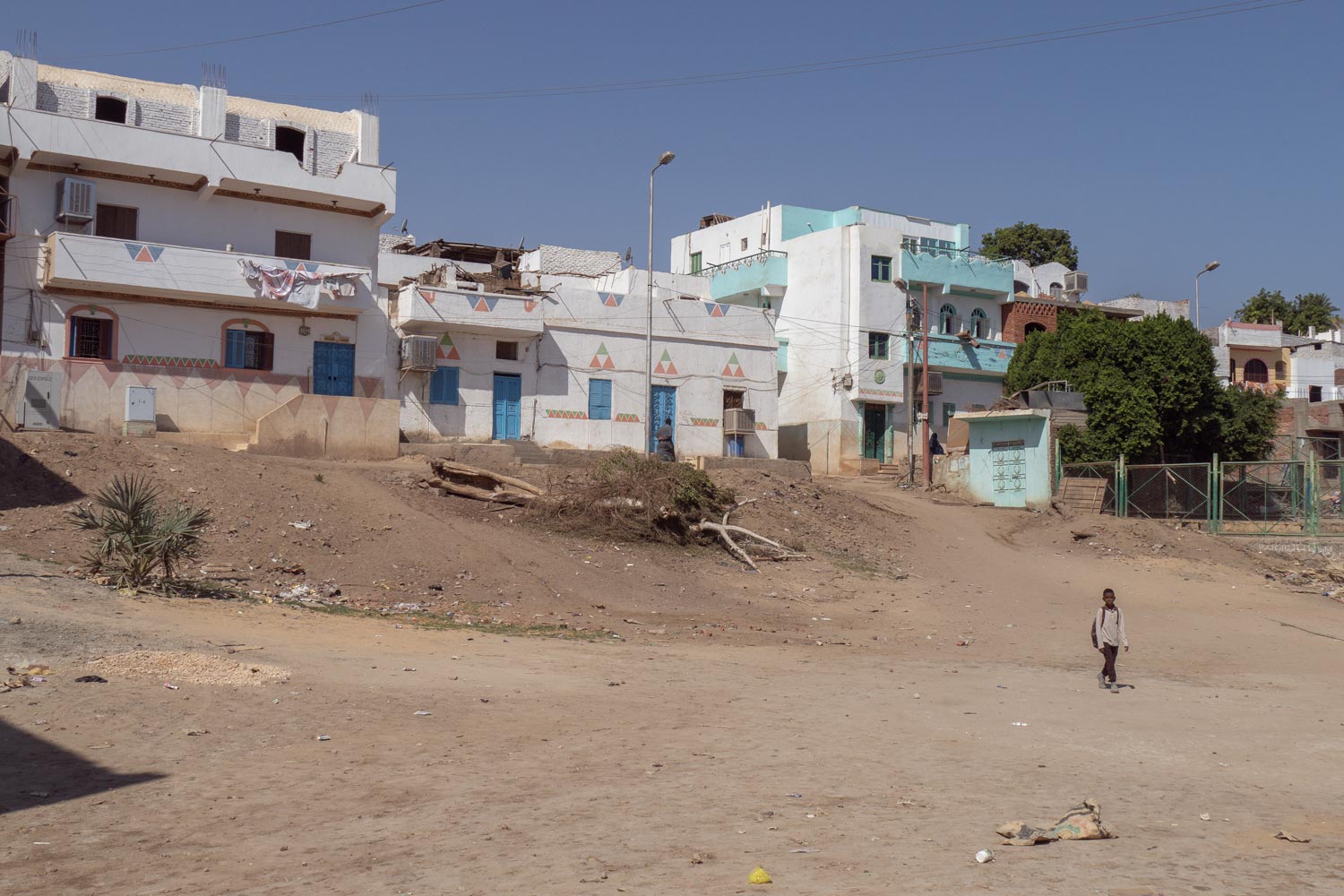
Behind them lies not Egypt, but true Nubia.
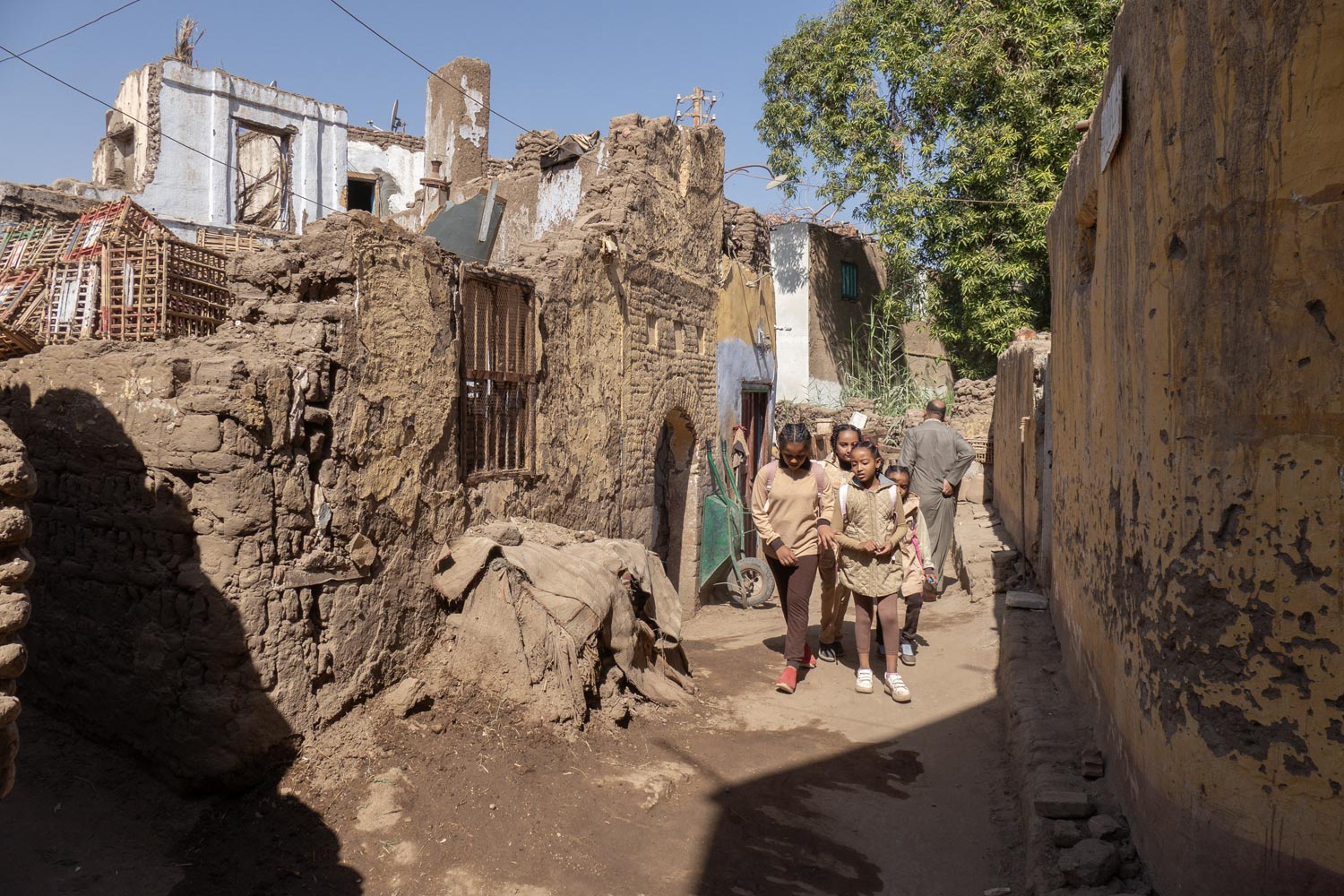
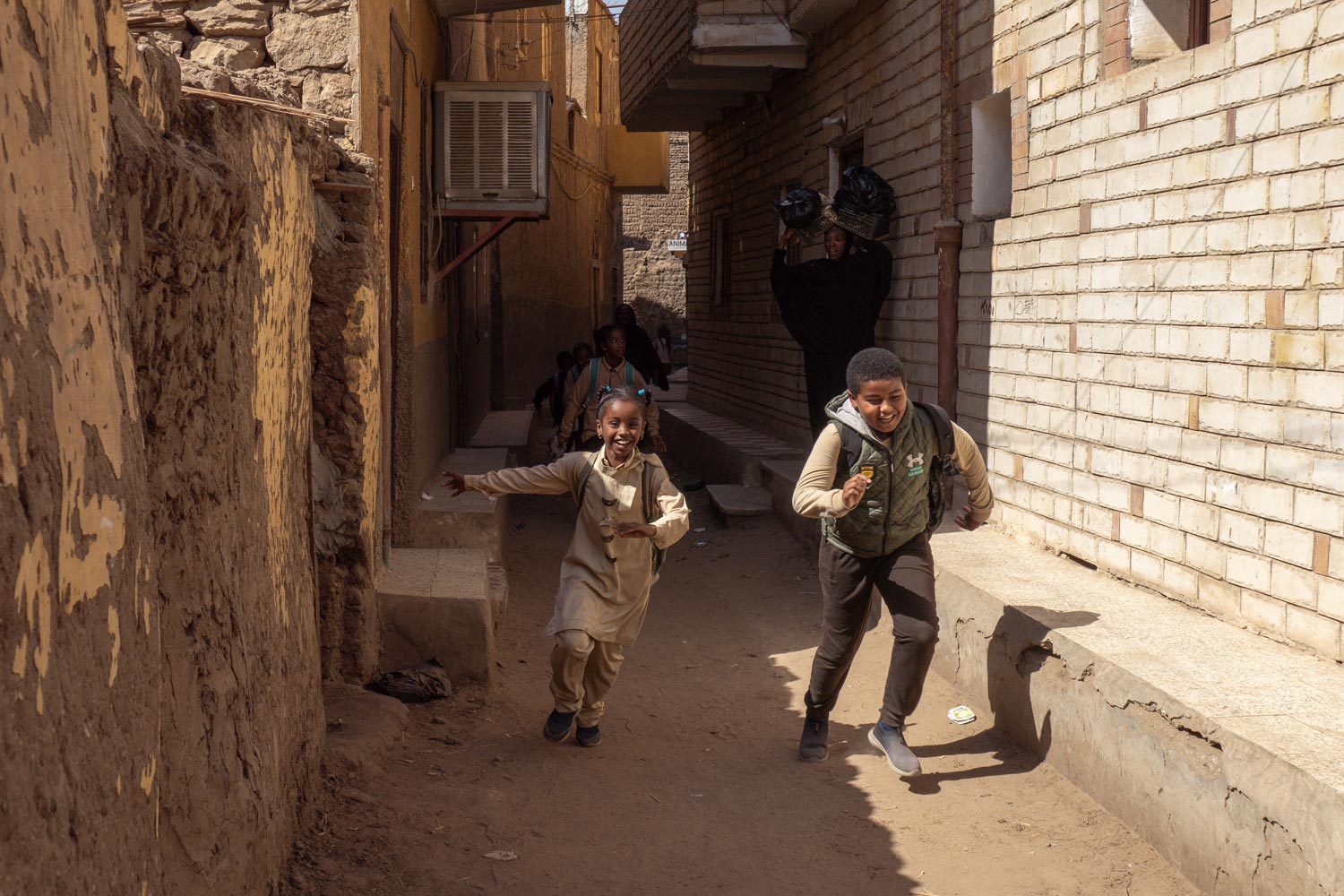
Although there are still some Egyptian stone houses on the island, they give way to a completely different type of building — carelessly constructed from mudbrick and clay mixed with straw.
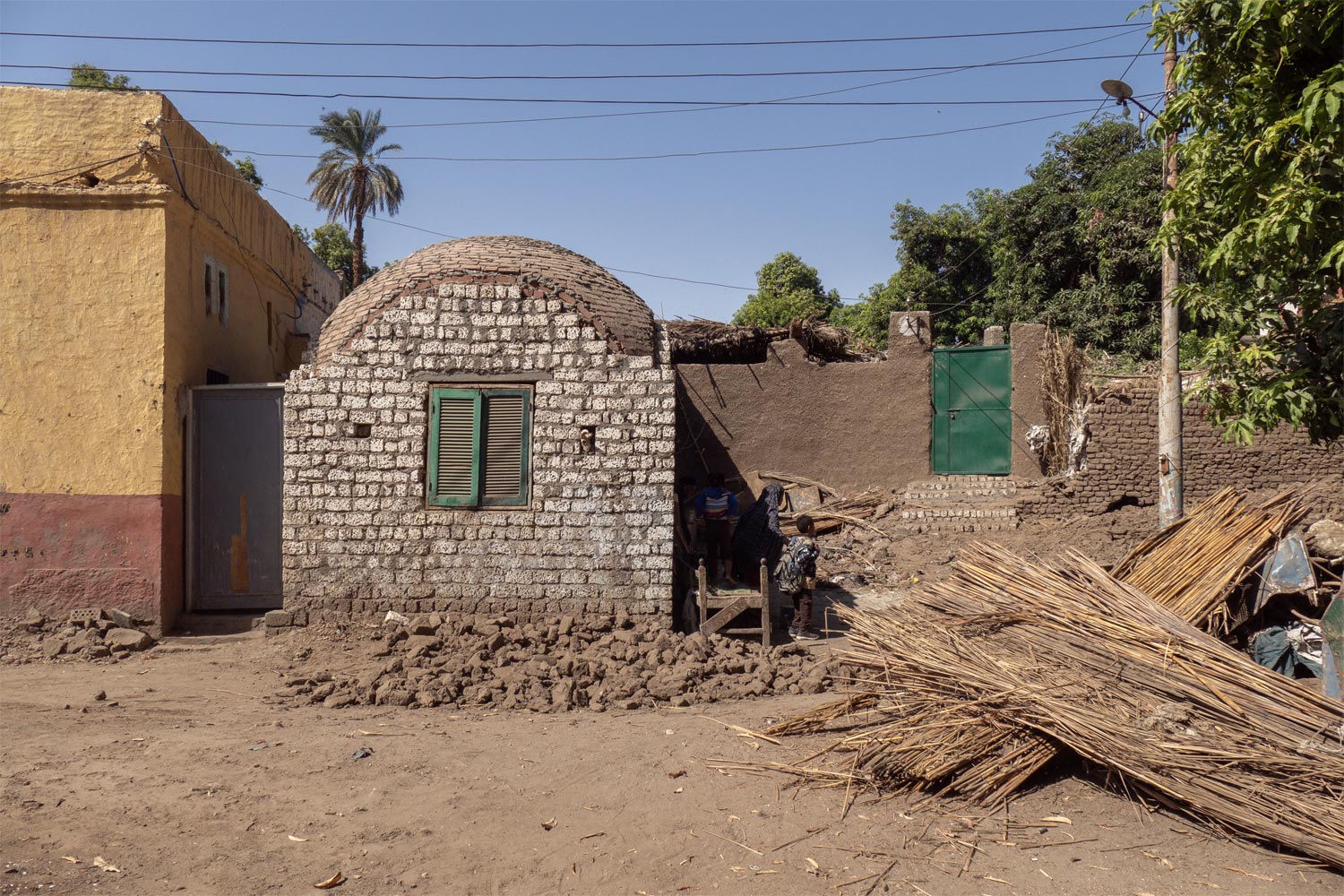
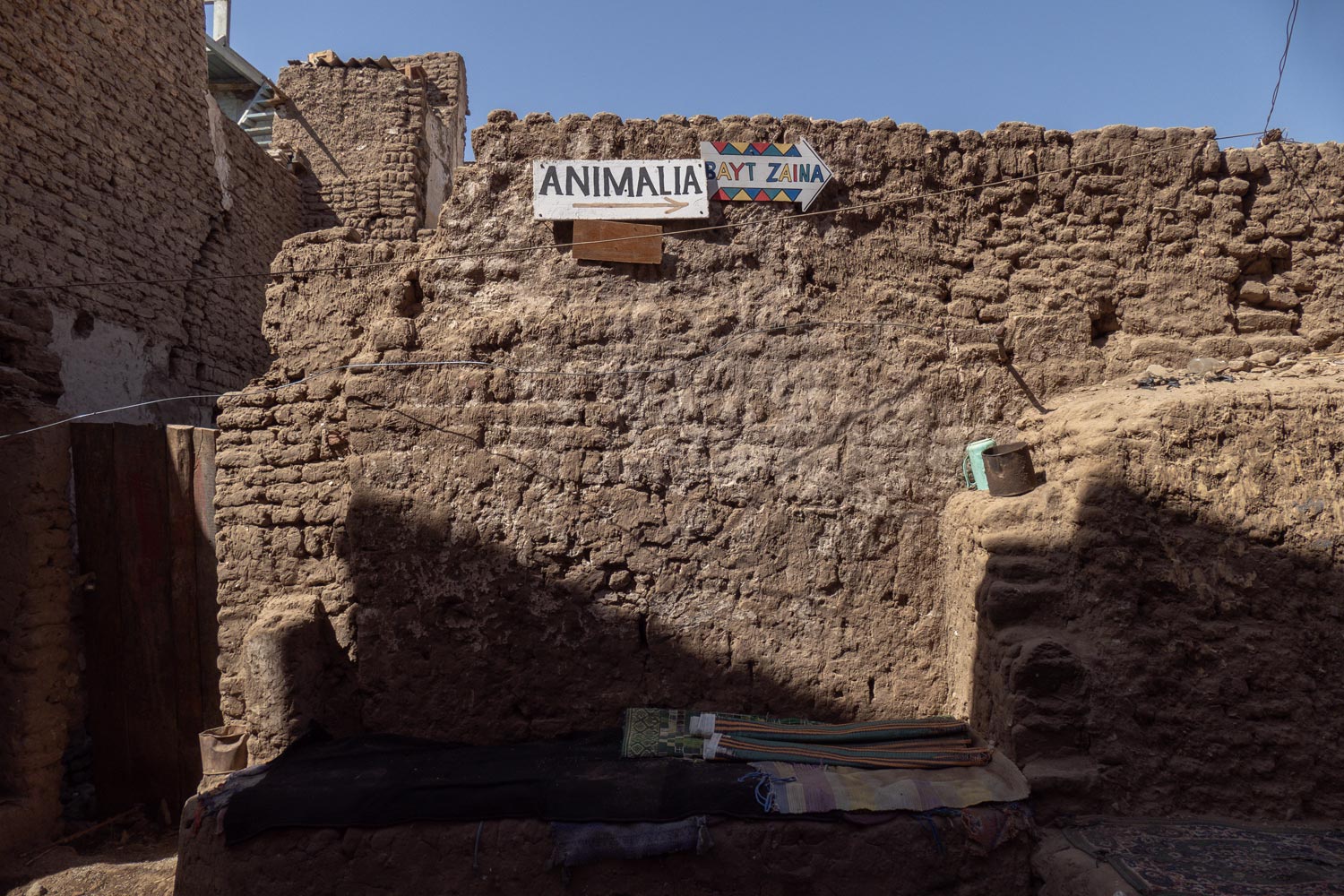
The city center (if these clusters of huts can be called a city) consists of narrow, winding alleys that are not even marked on the map.
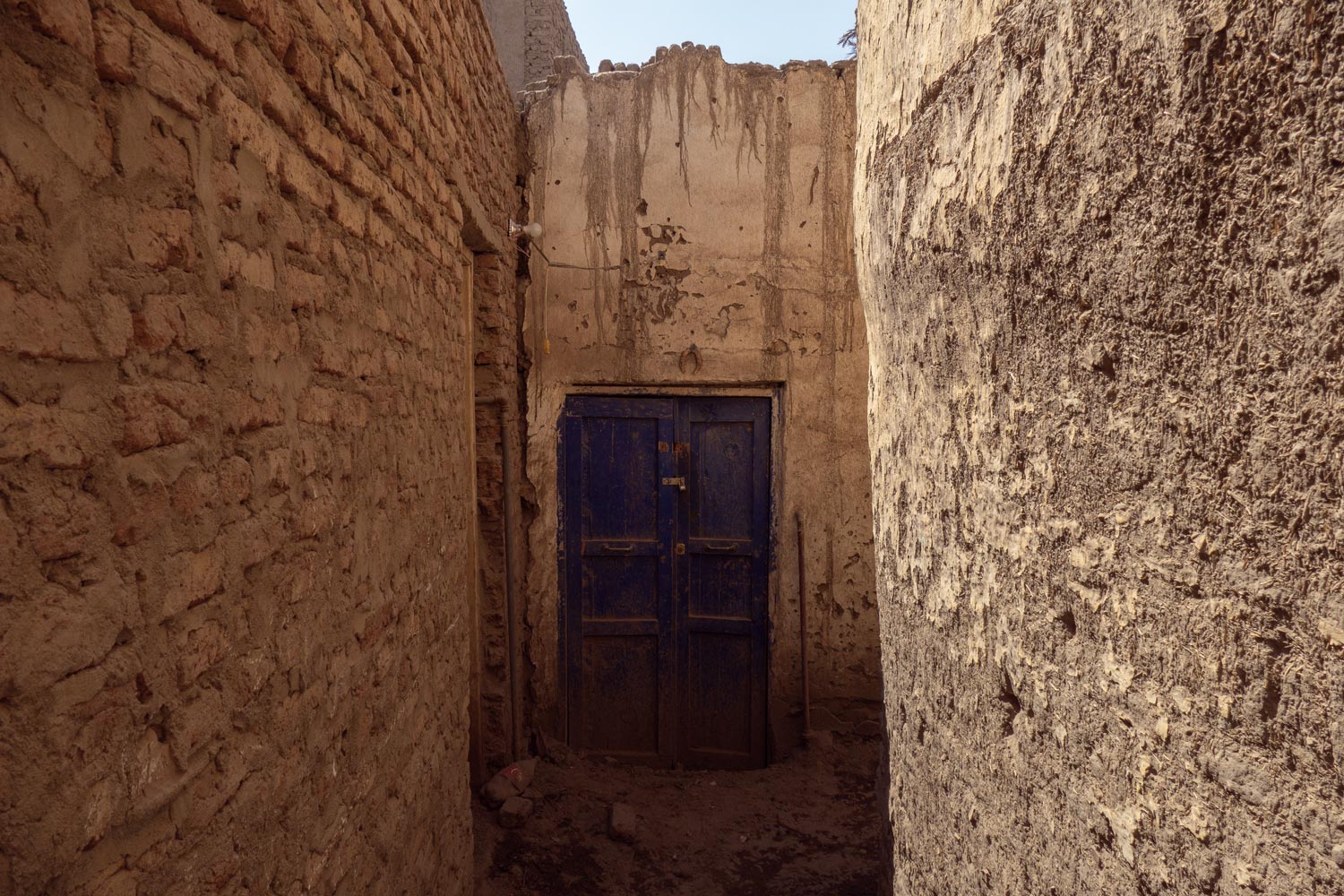
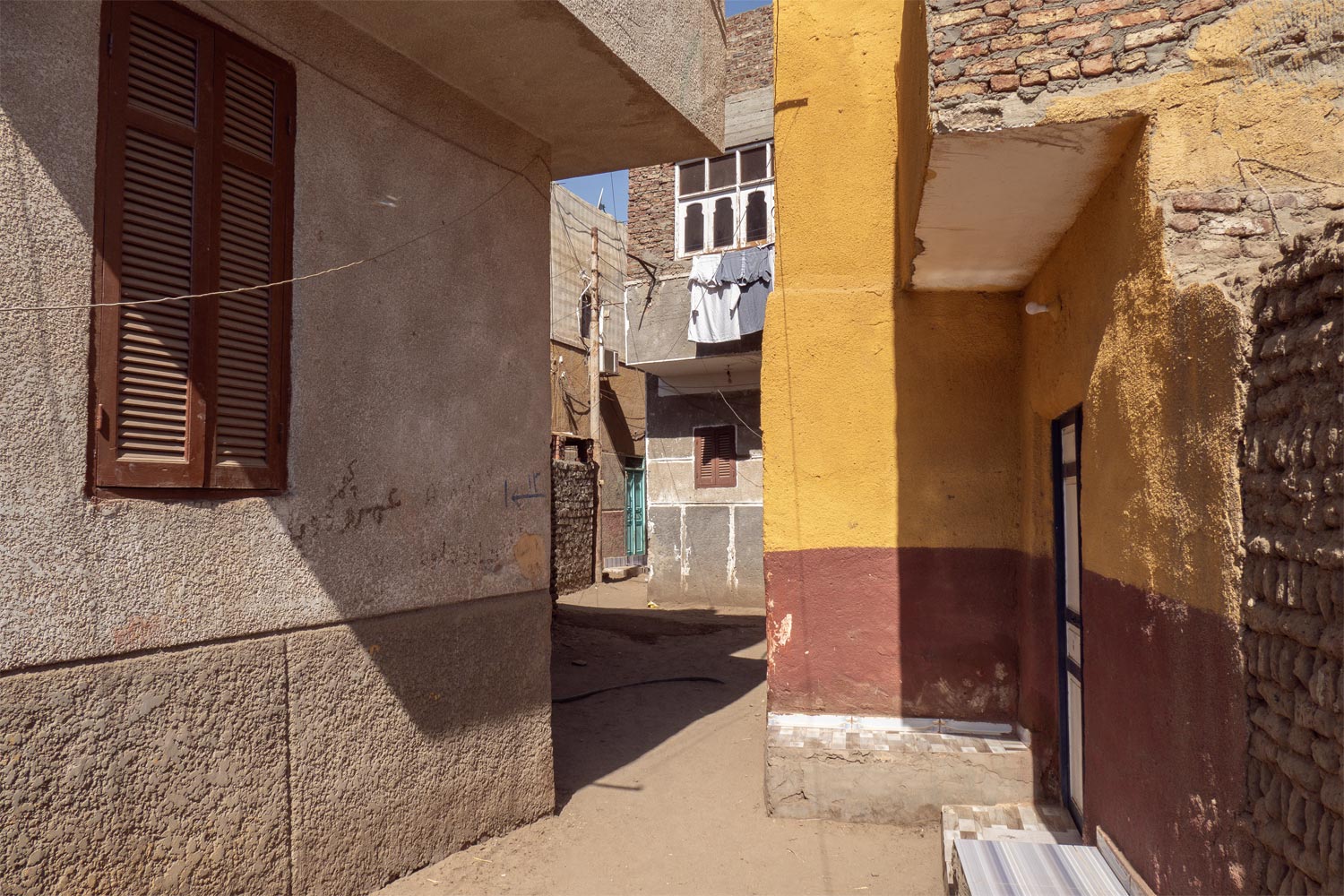
African motifs begin to appear here and there in the exteriors: colors, patterns, and rough drawings.
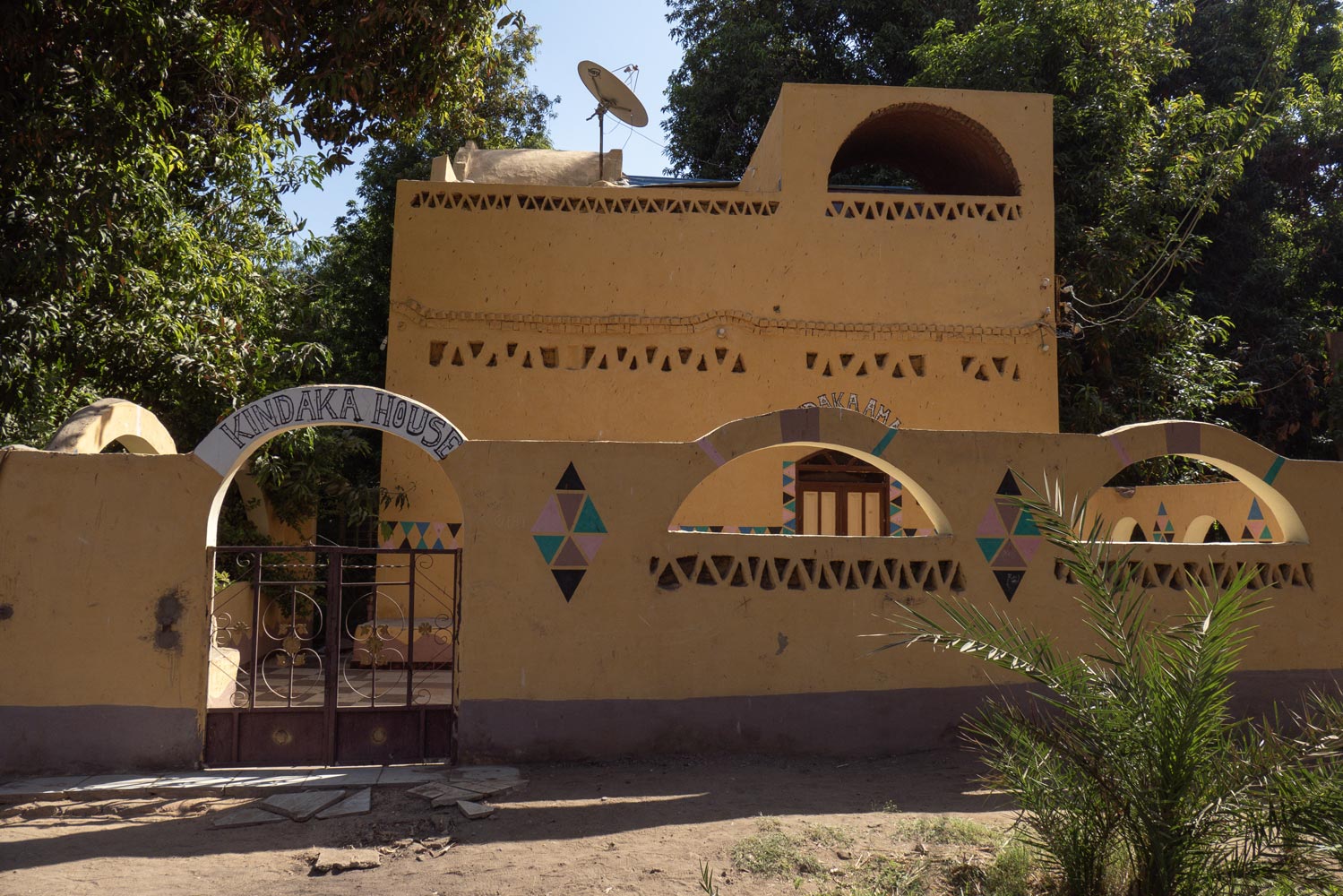
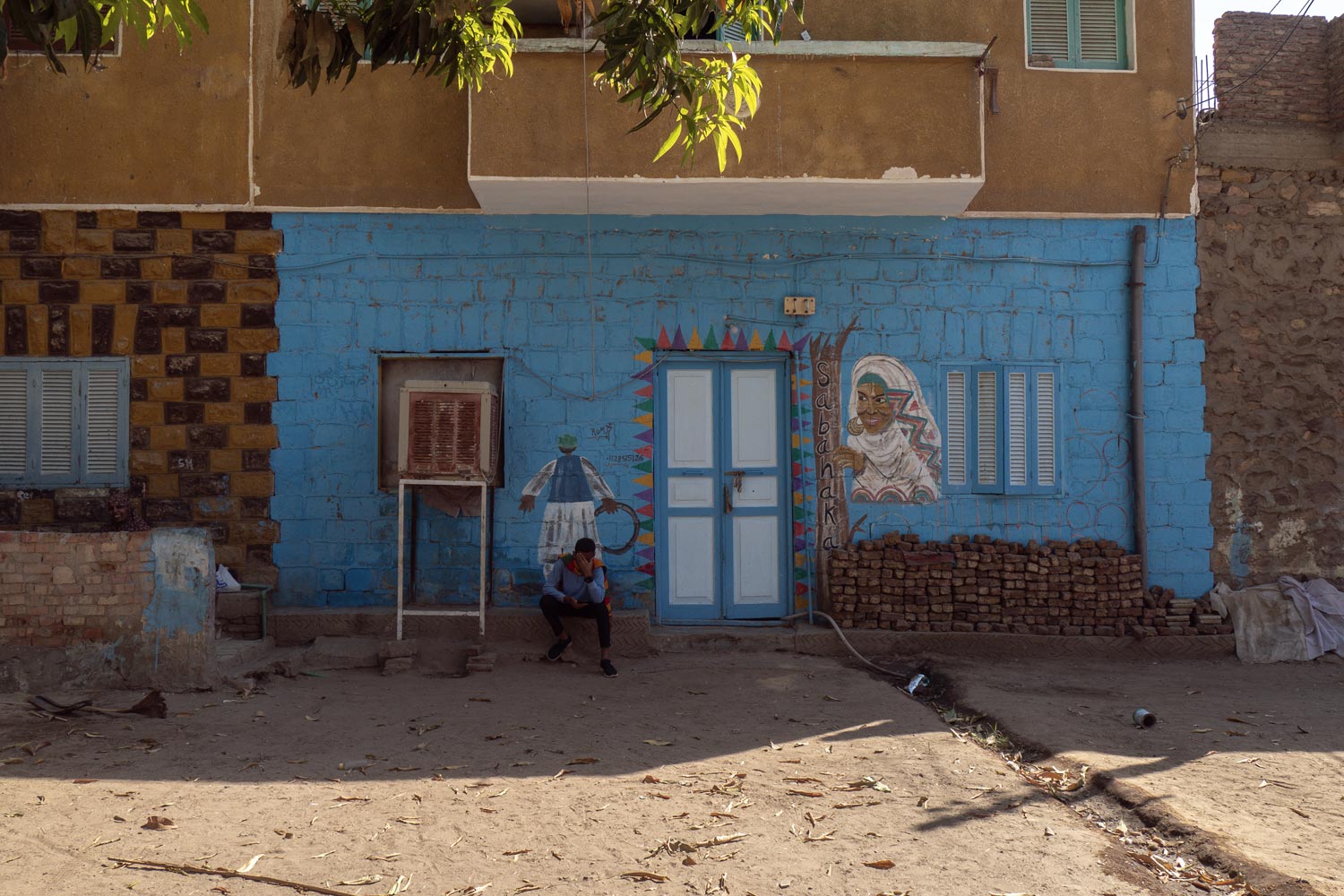
A few more minutes of walking on Elephantine, and it becomes clear: here ends Egypt, and Africa begins.
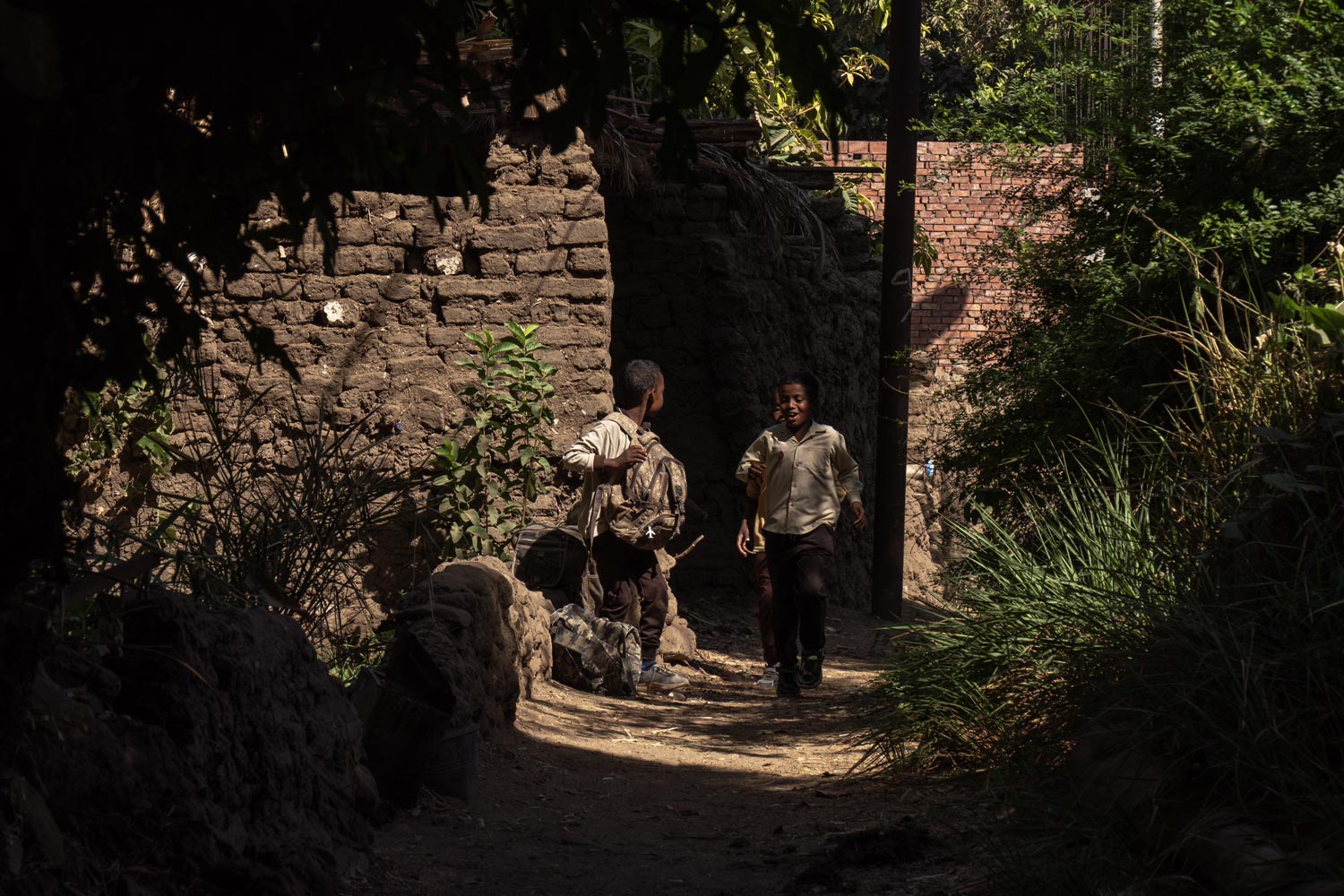
Beyond the settlement, begin fields. It’s hard to believe: a separate world fits on this small island.
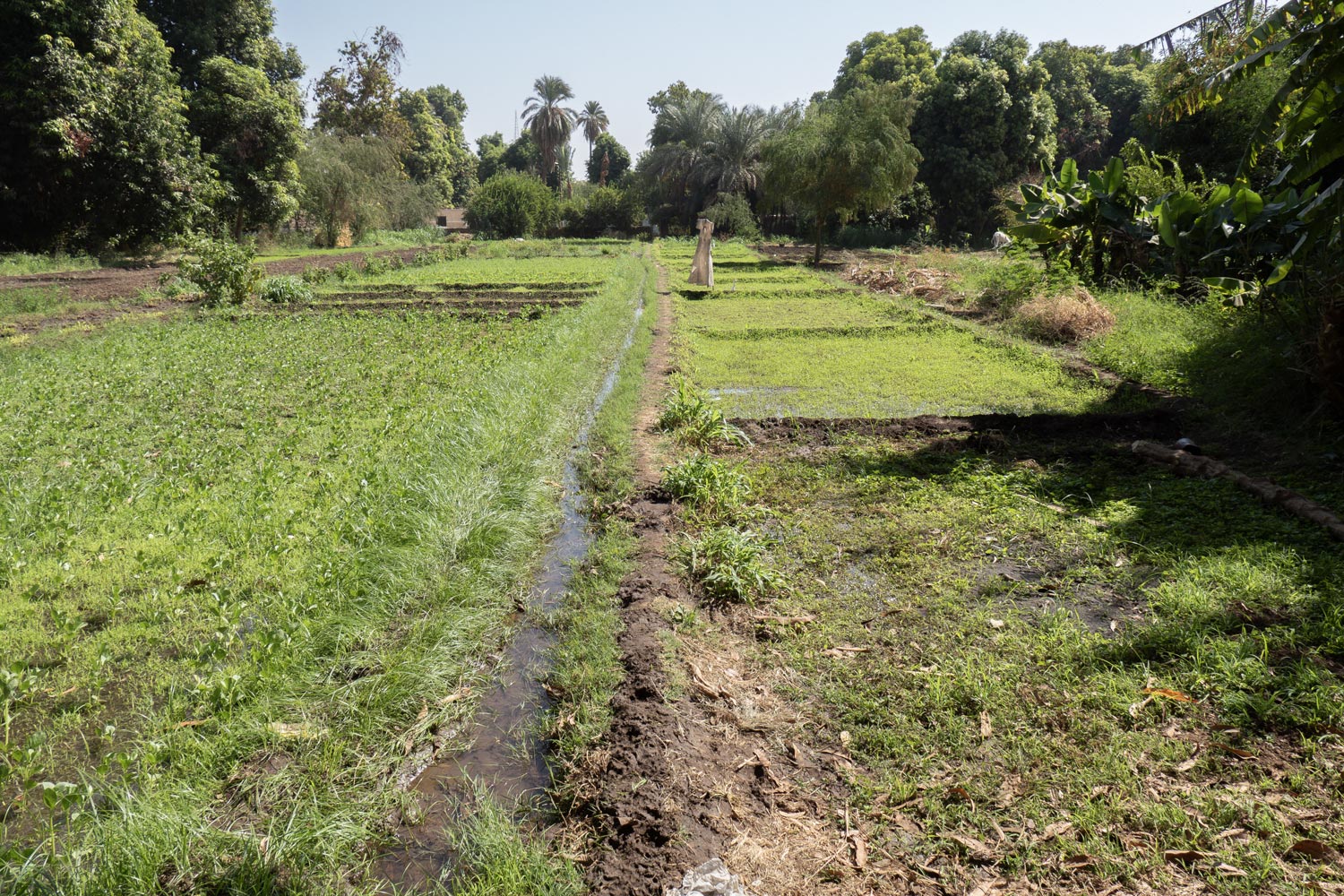
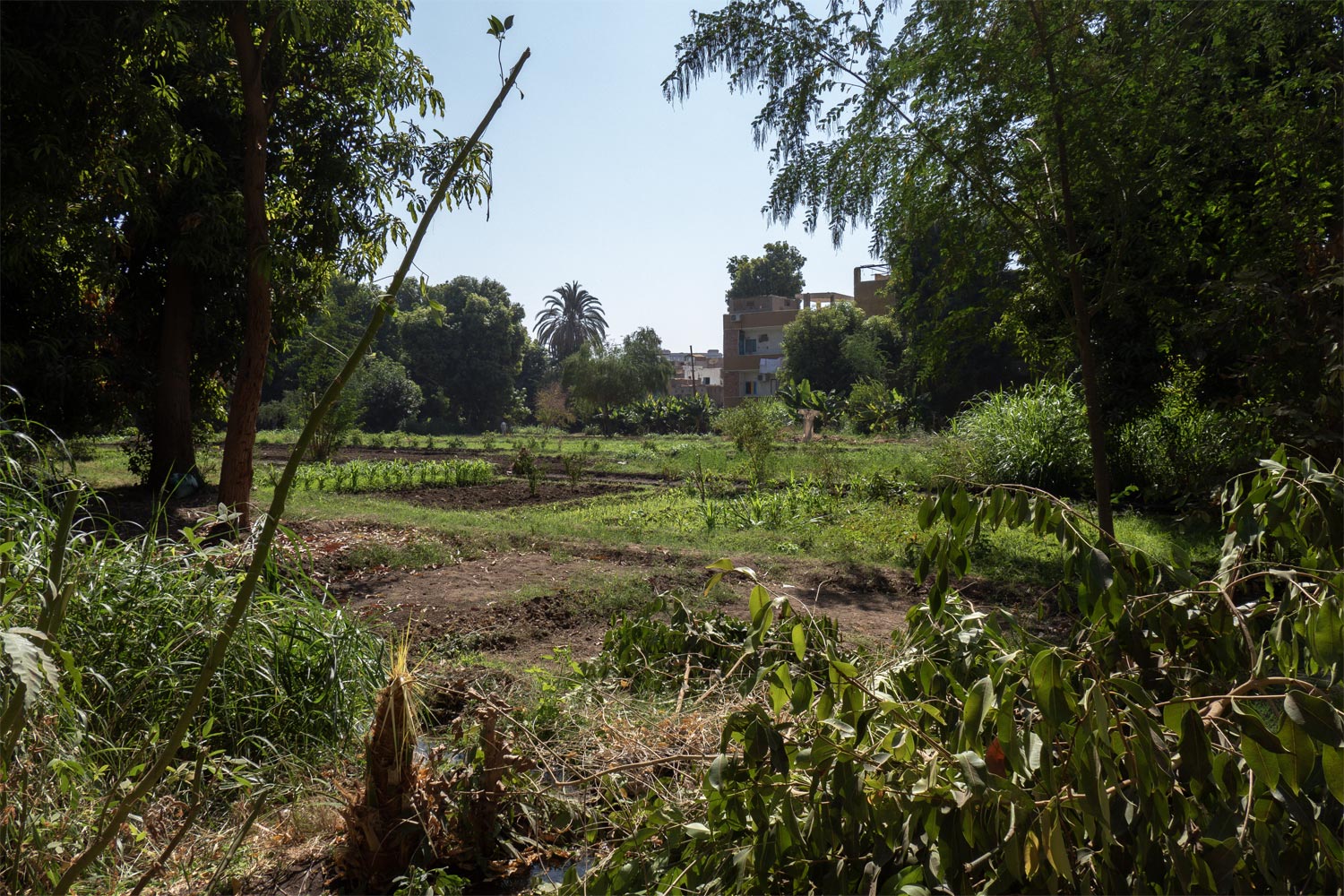
There is even its own irrigation system here. Canals lead to the fields from the Nile River. They are also used for washing clothes and as a watering place for animals.
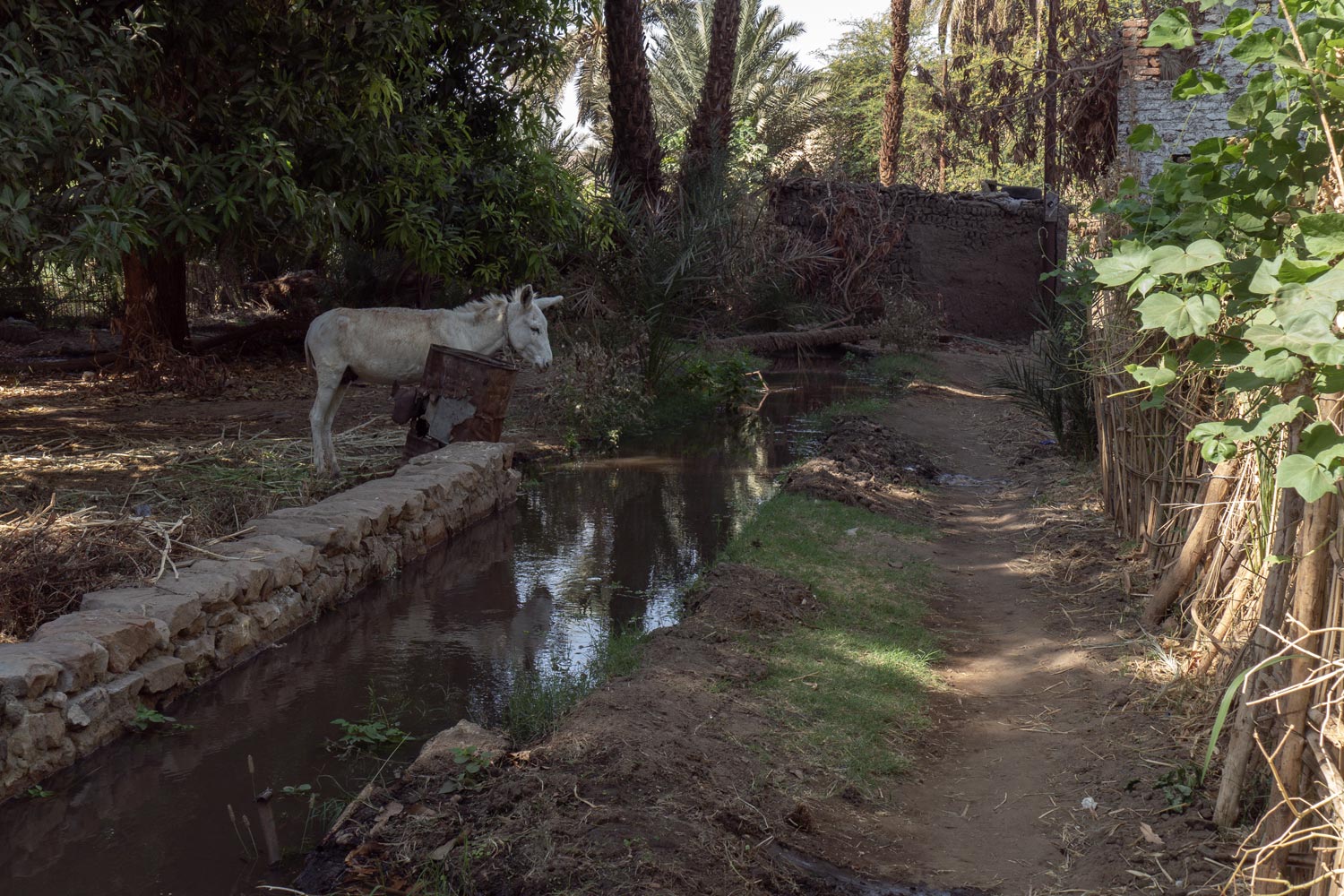
To prevent rainwater from flooding the village, Nubians build primitive dams.
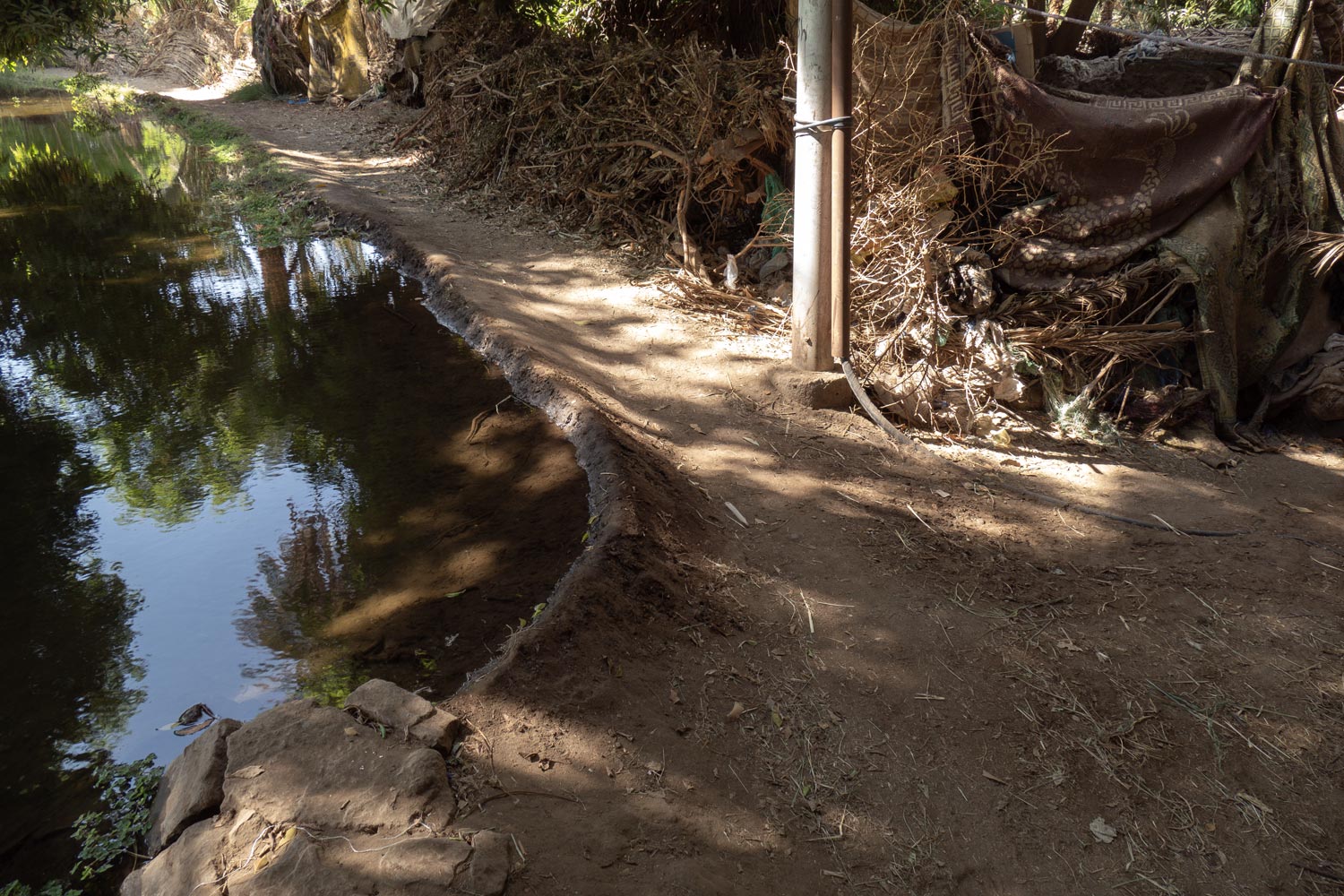
Palm trunks are used as bridges.
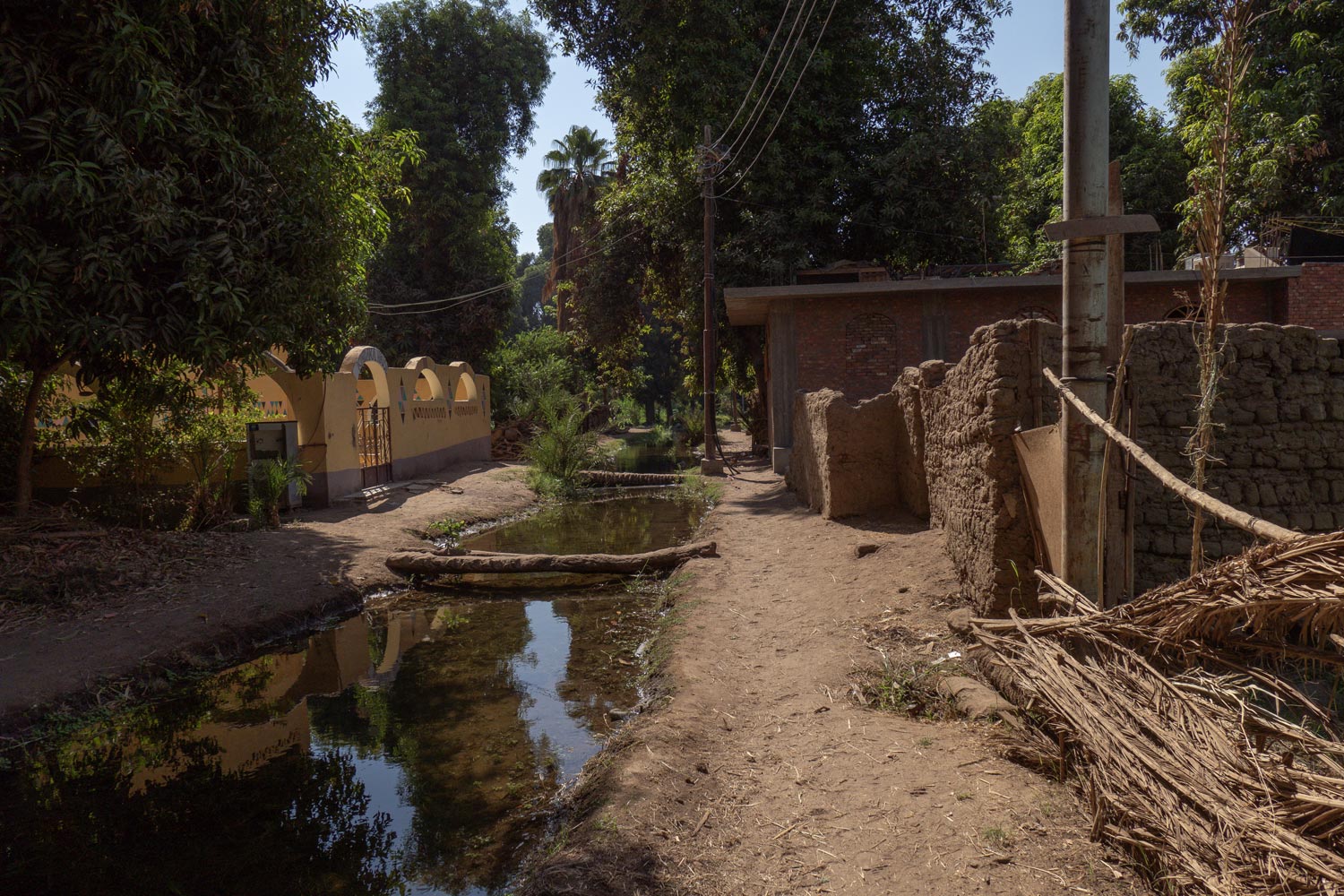
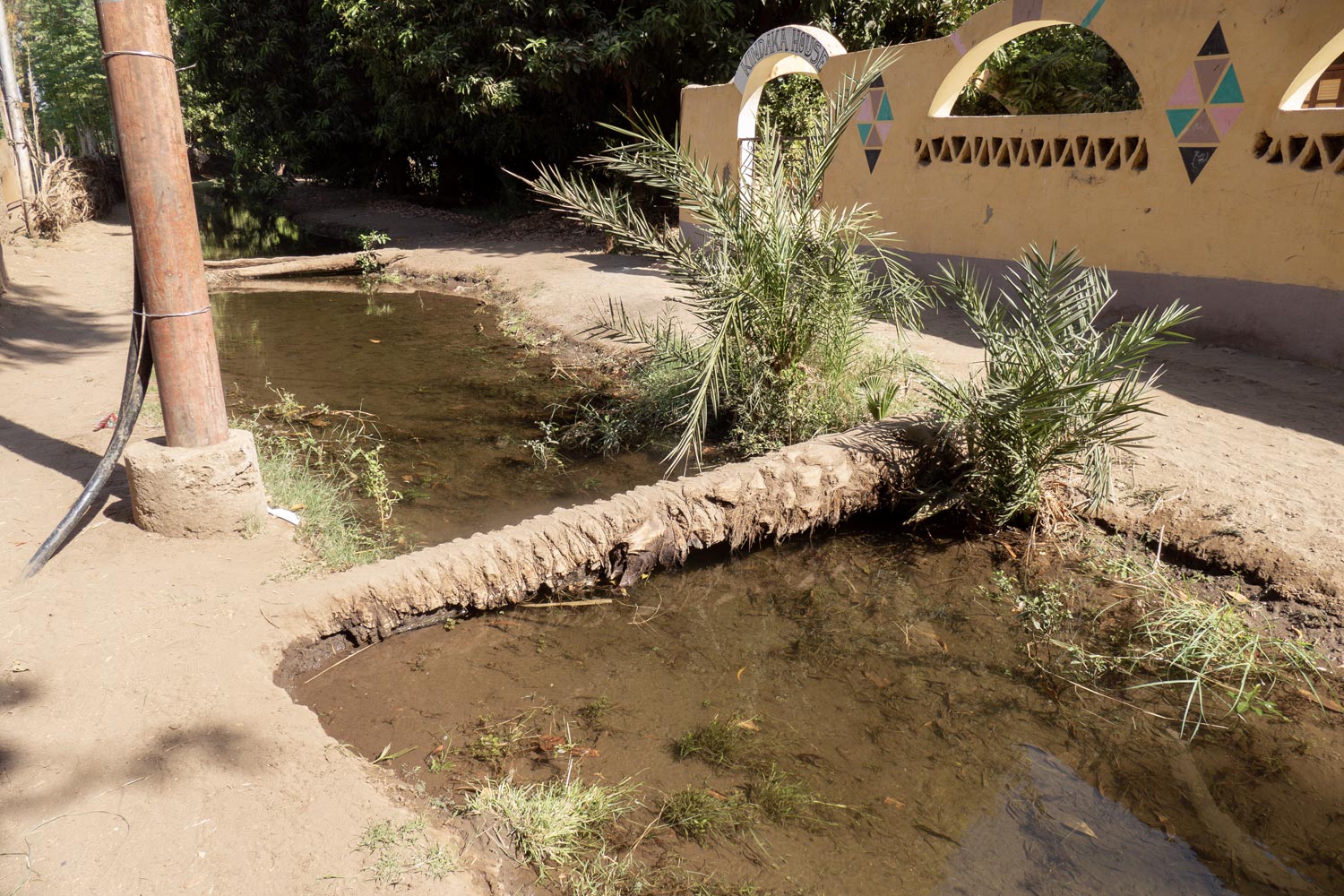
The island even has its own school.
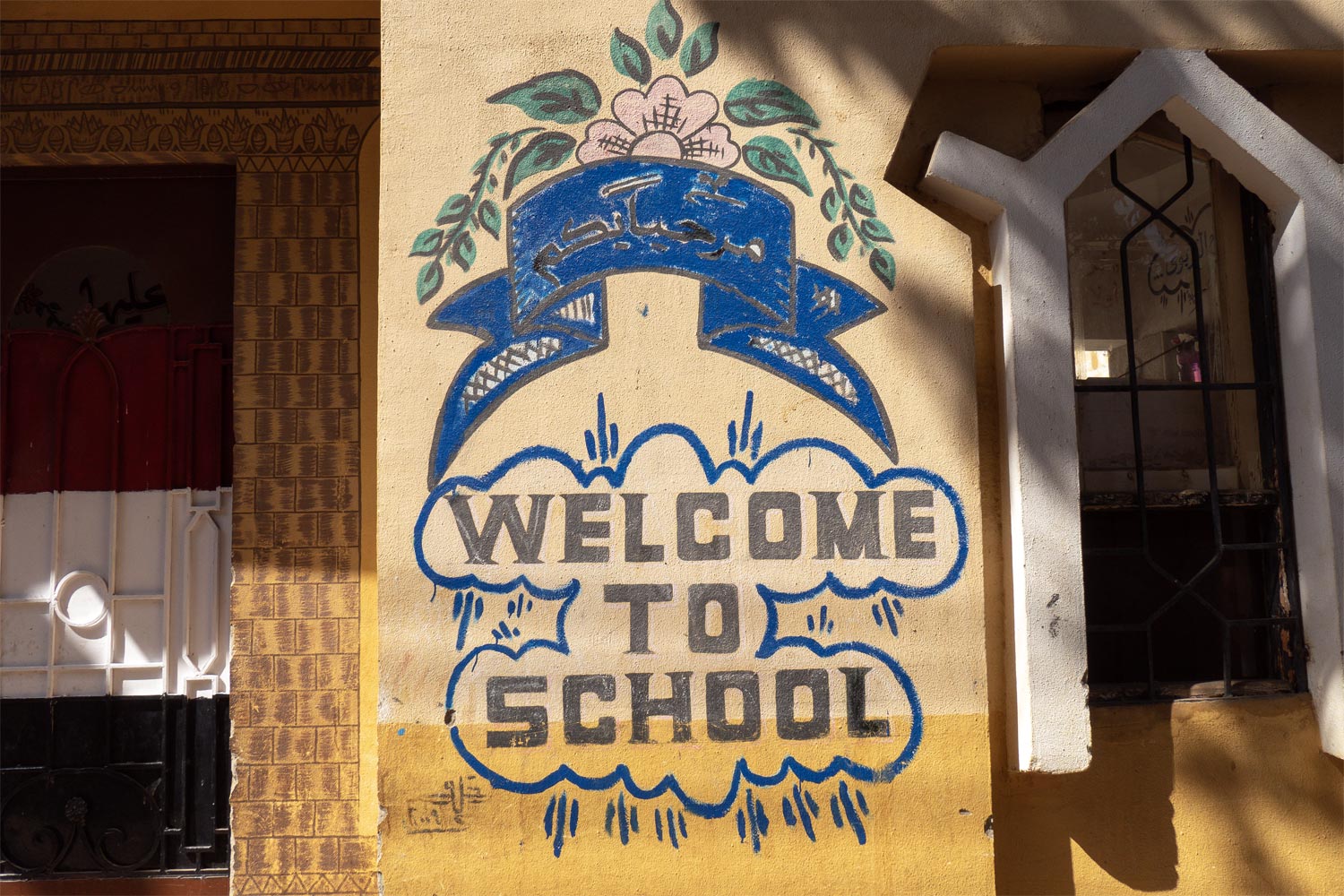
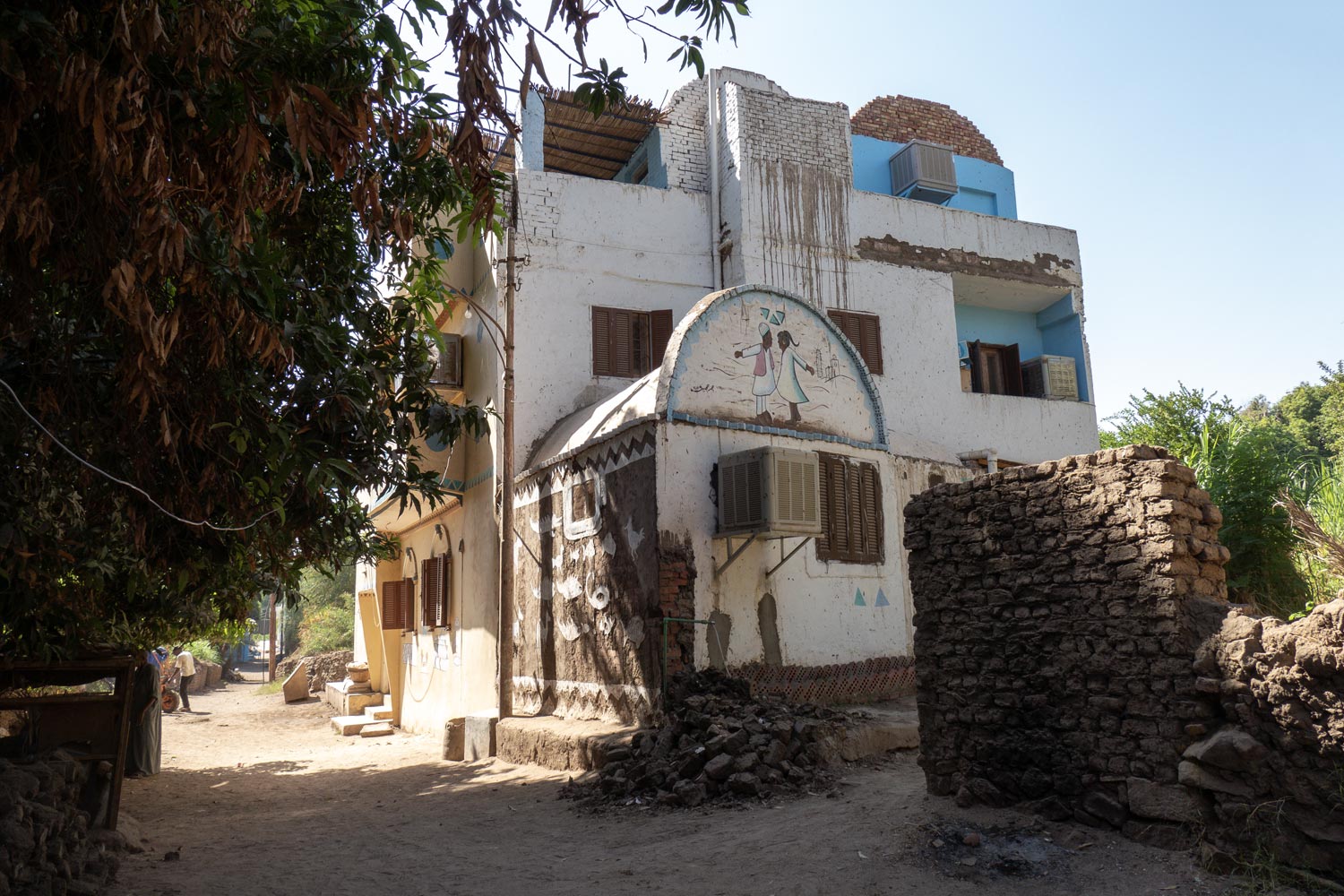
At the end of the school day, the students gather in the courtyard and then cheerfully disperse to their homes in a row.
Of course, life in this Nubian corner is far from luxurious. The houses are made of the cheapest materials and can fall apart in heavy rain.
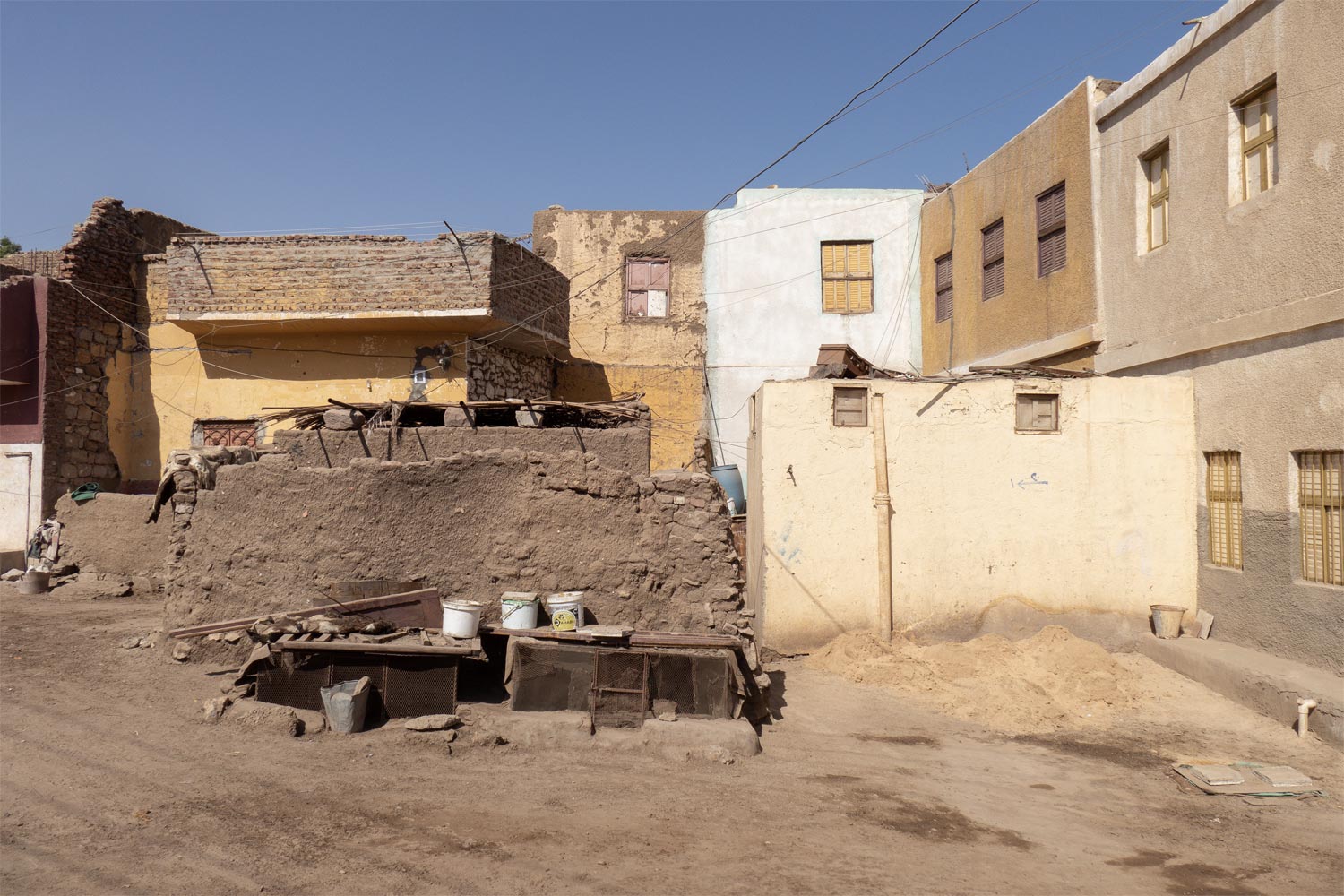
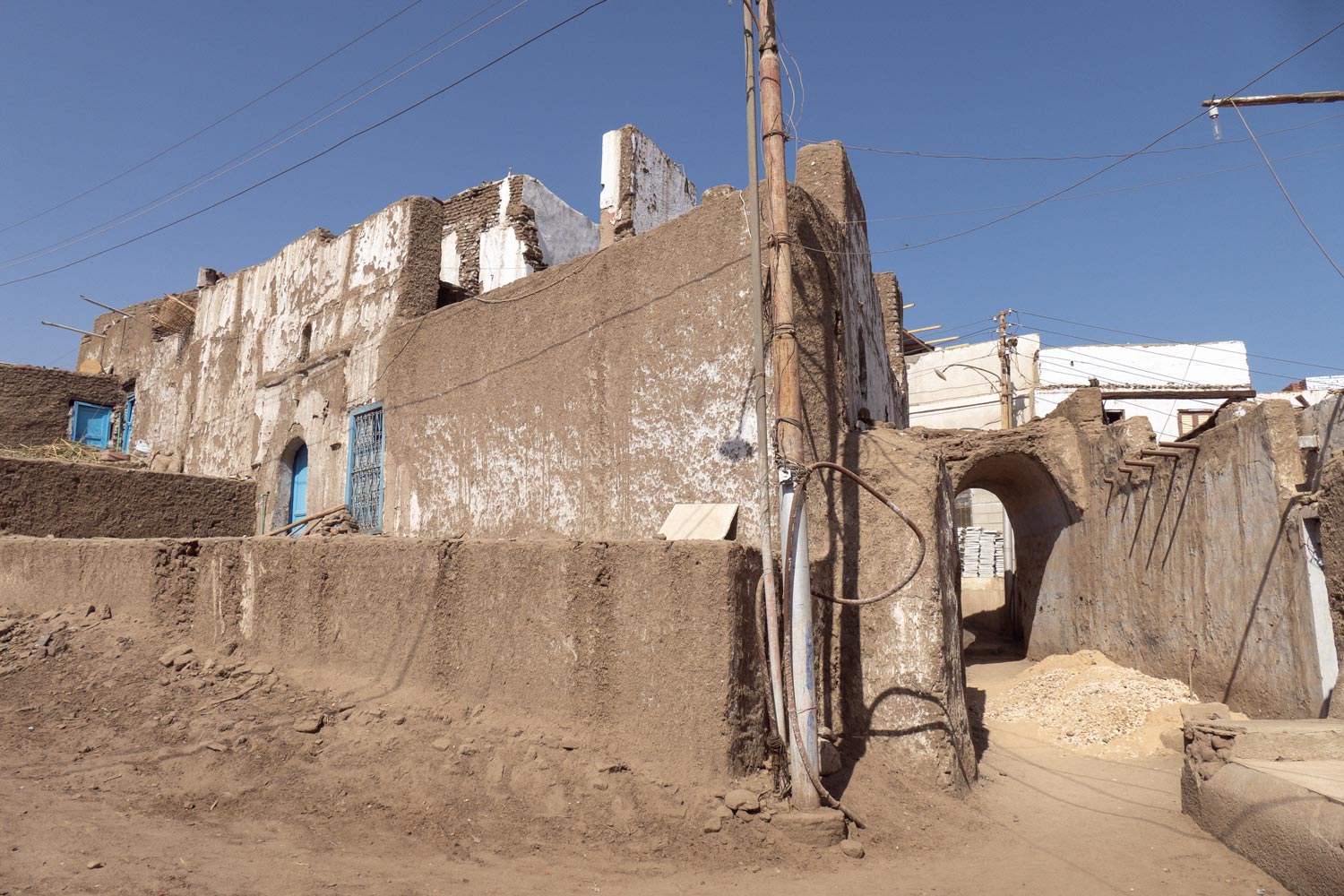
There are no sidewalks or roads at all. The door from the apartment opens directly onto packed earth.
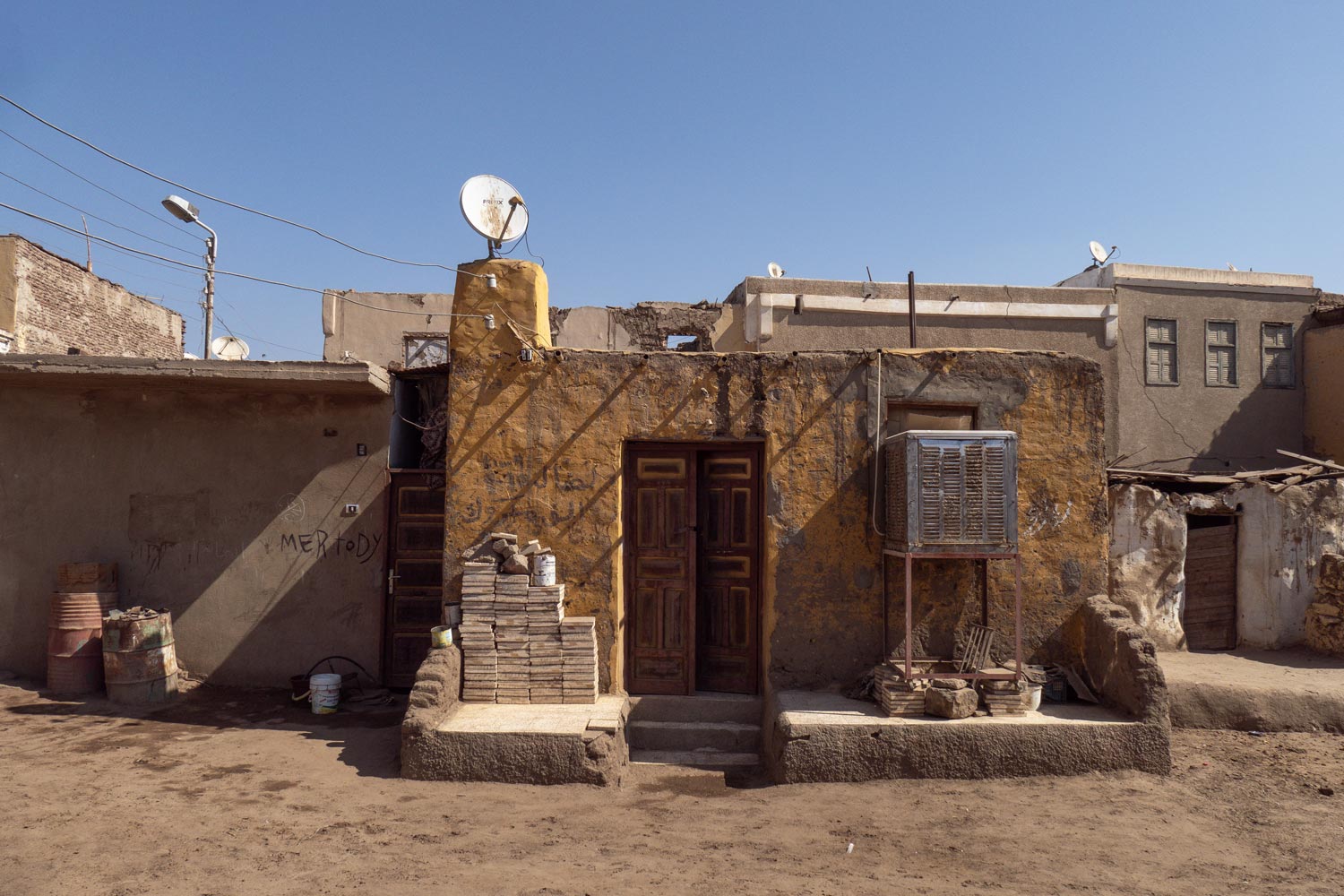
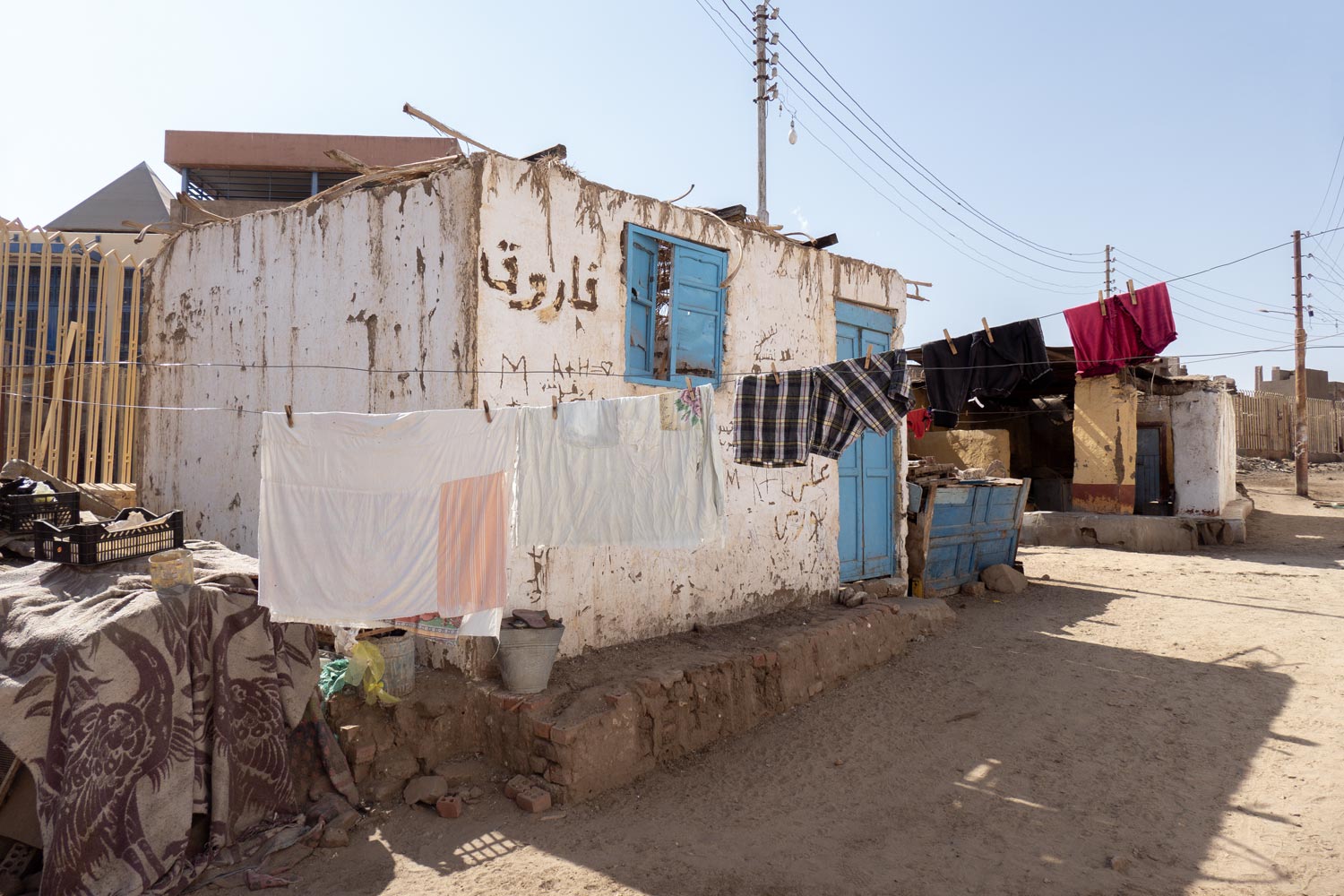
At the same time, a number of the nicest houses on the island are successfully rented out on Airbnb...
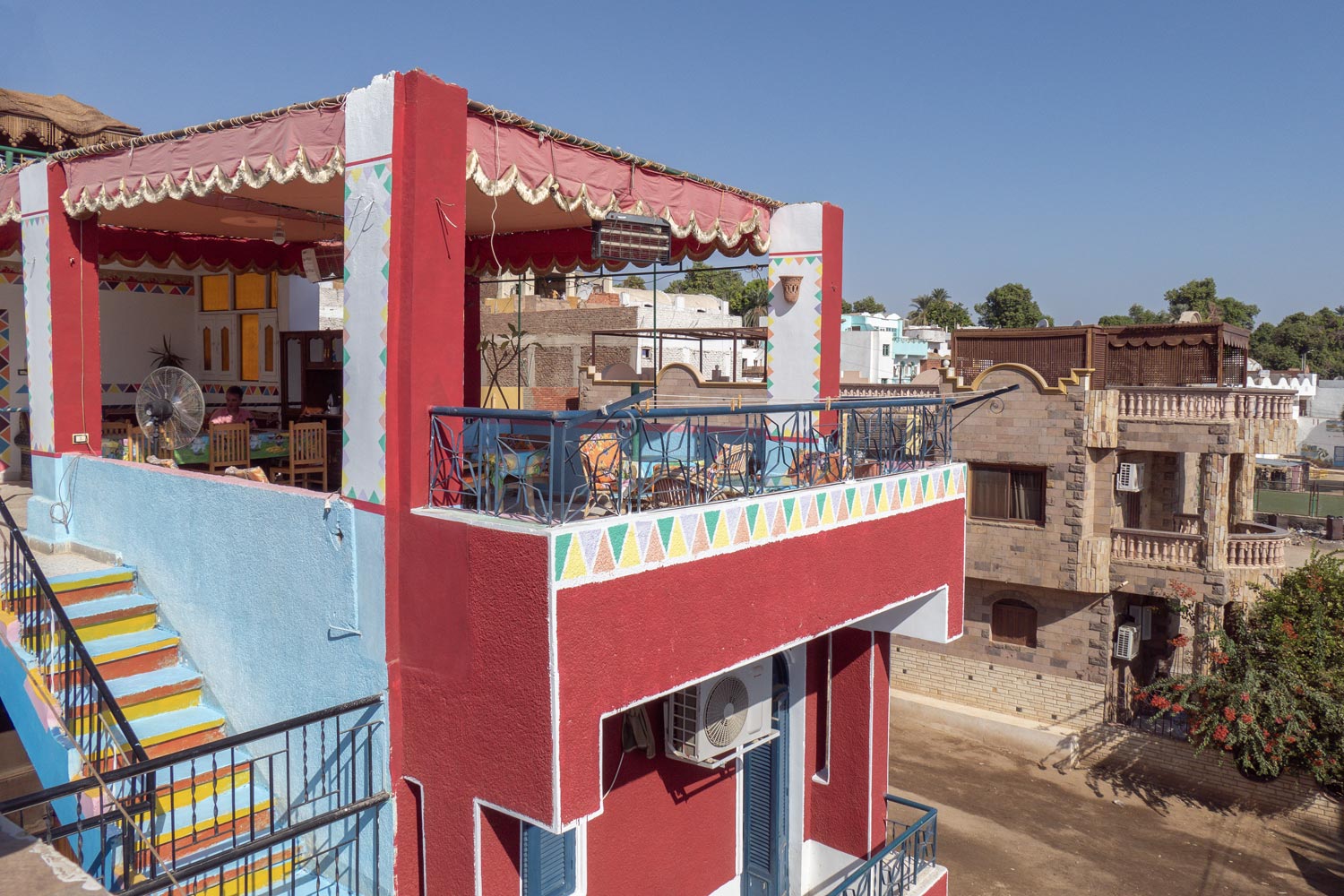
...and many island residents own their own boats.
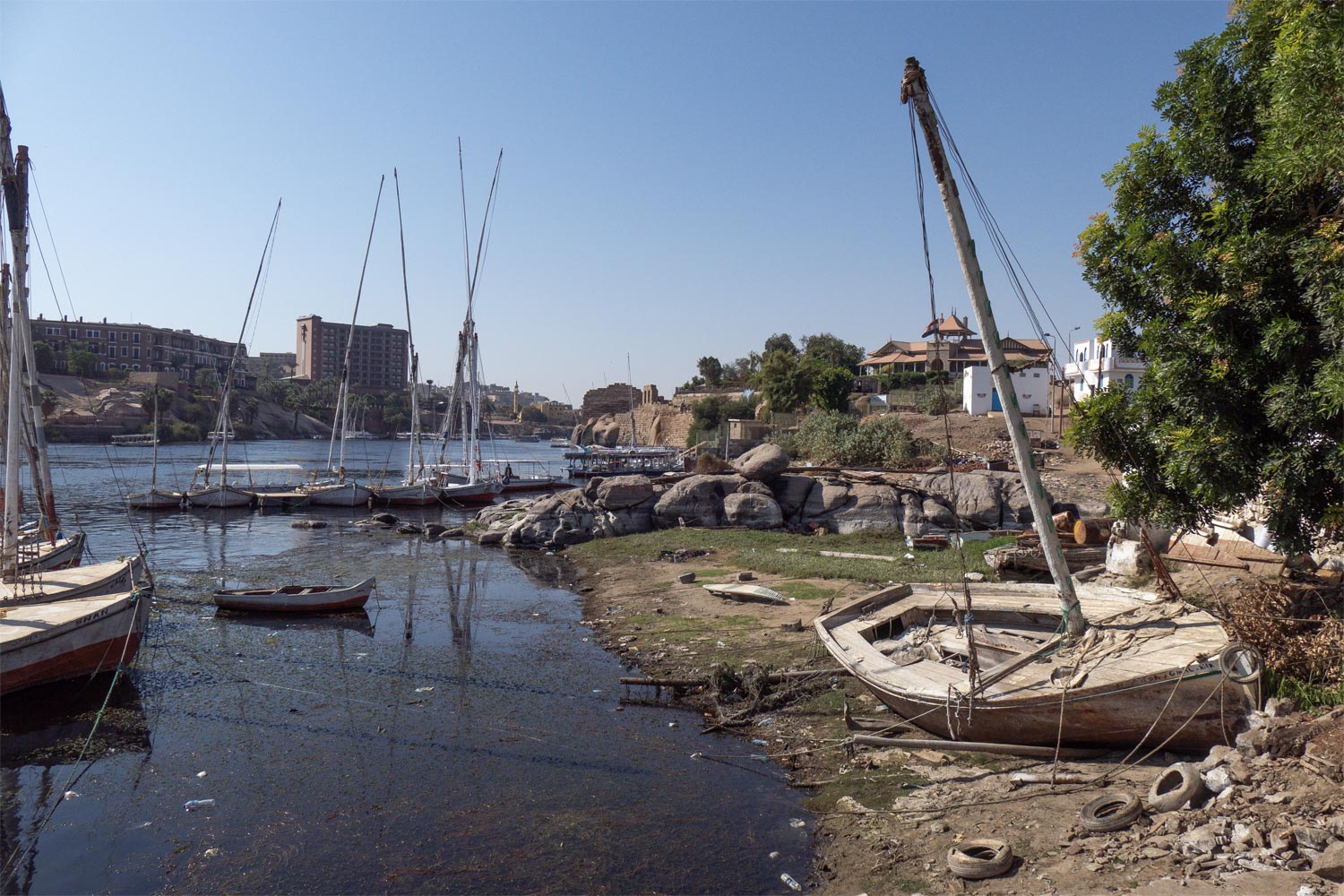
Some people are engaged in delivering goods, others take tourists to the first cataract of the Nile. Some simply transport people back and forth between the island and mainland Aswan.
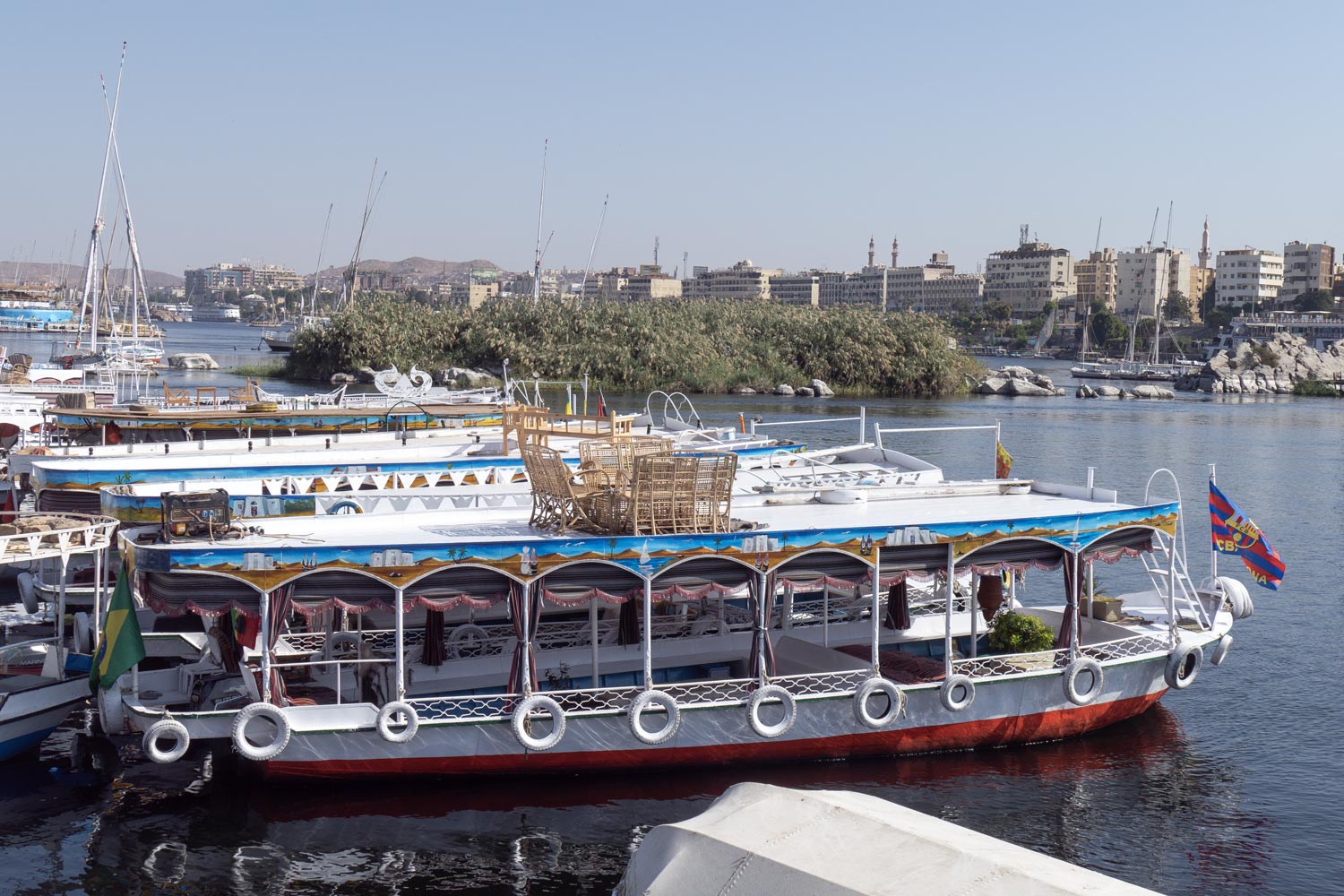
Mainland Aswan, to be honest, is not impressive at all after Elephantine.
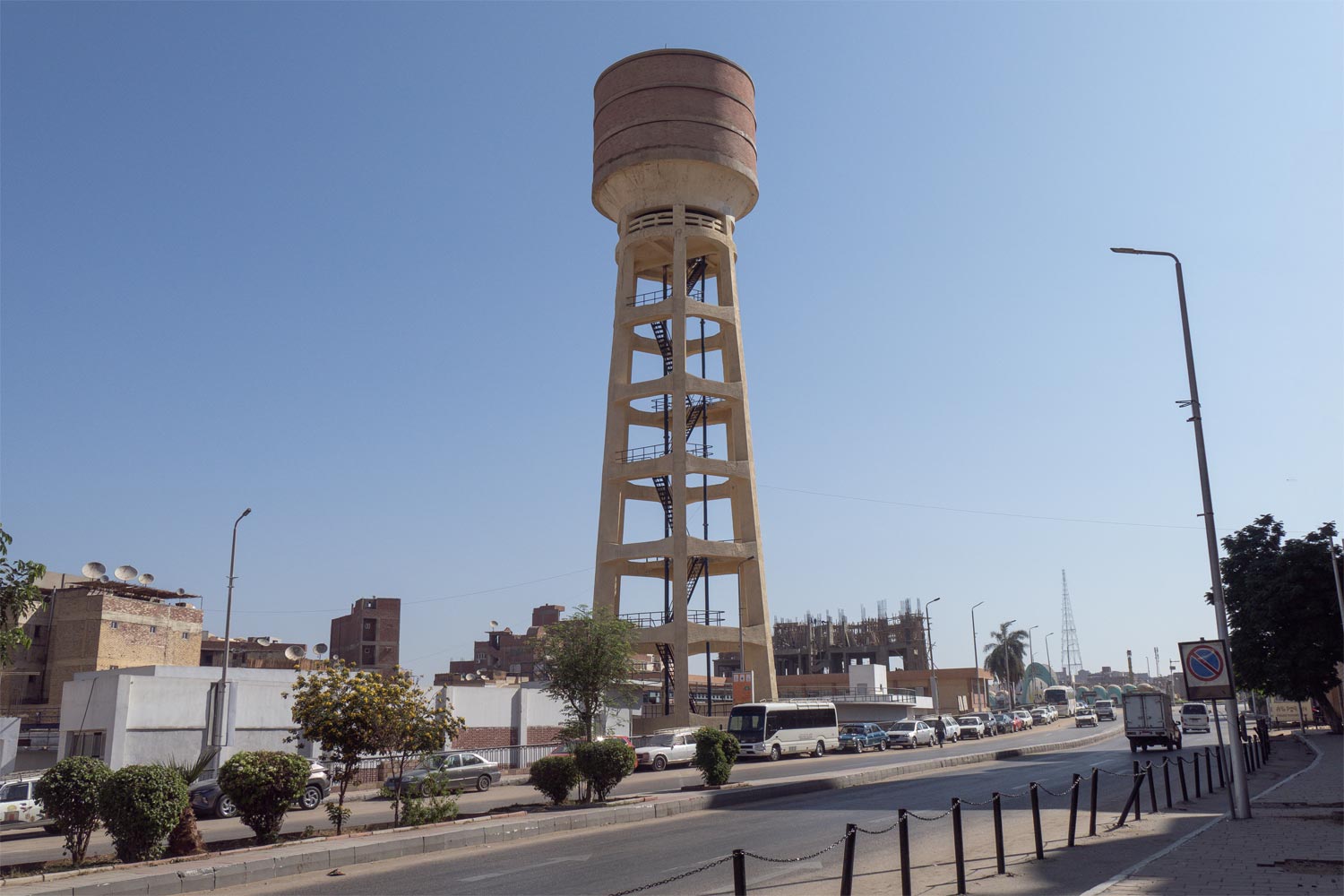
It’s a worn-out Egyptian city, reminiscent of a miniature Cairo.
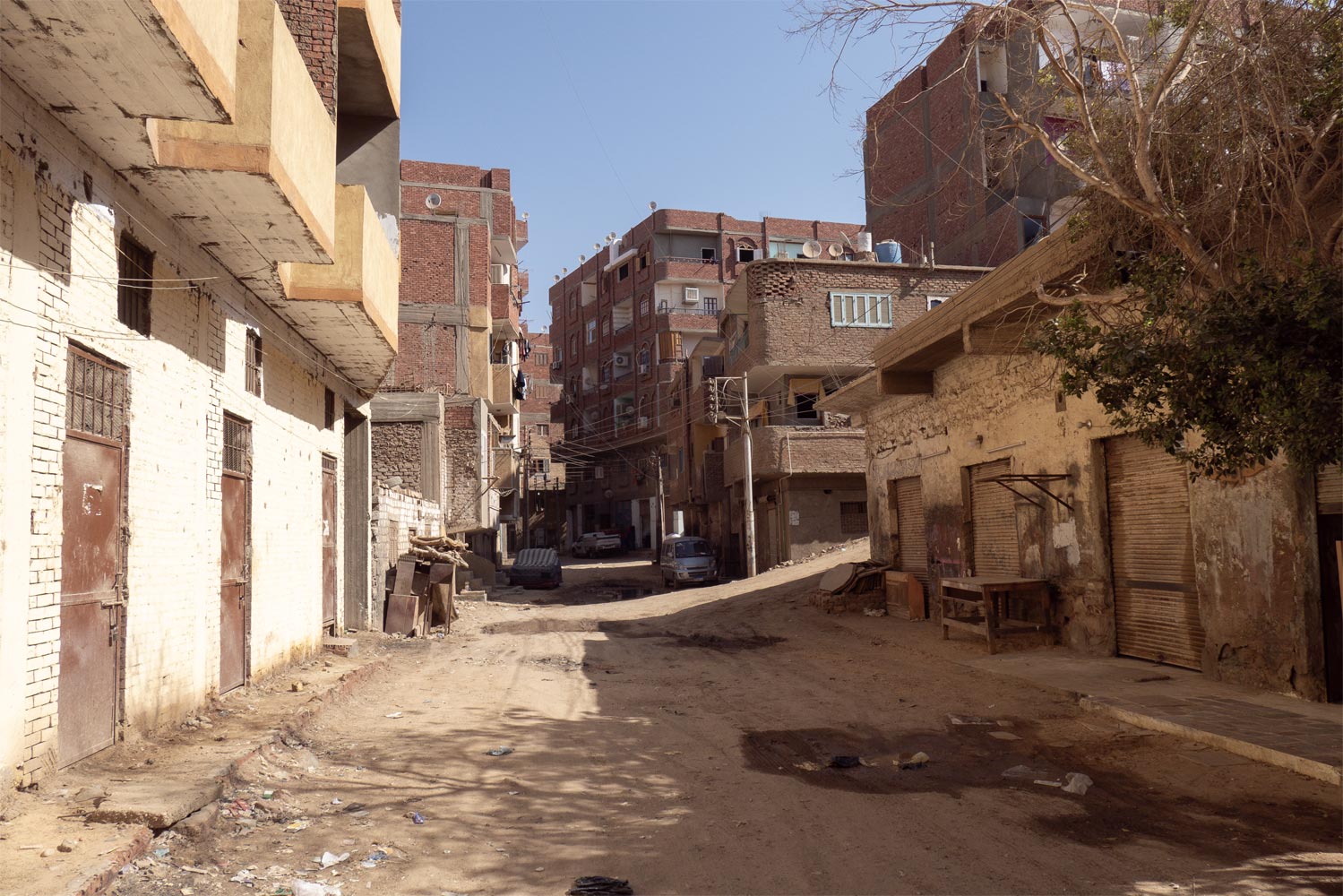
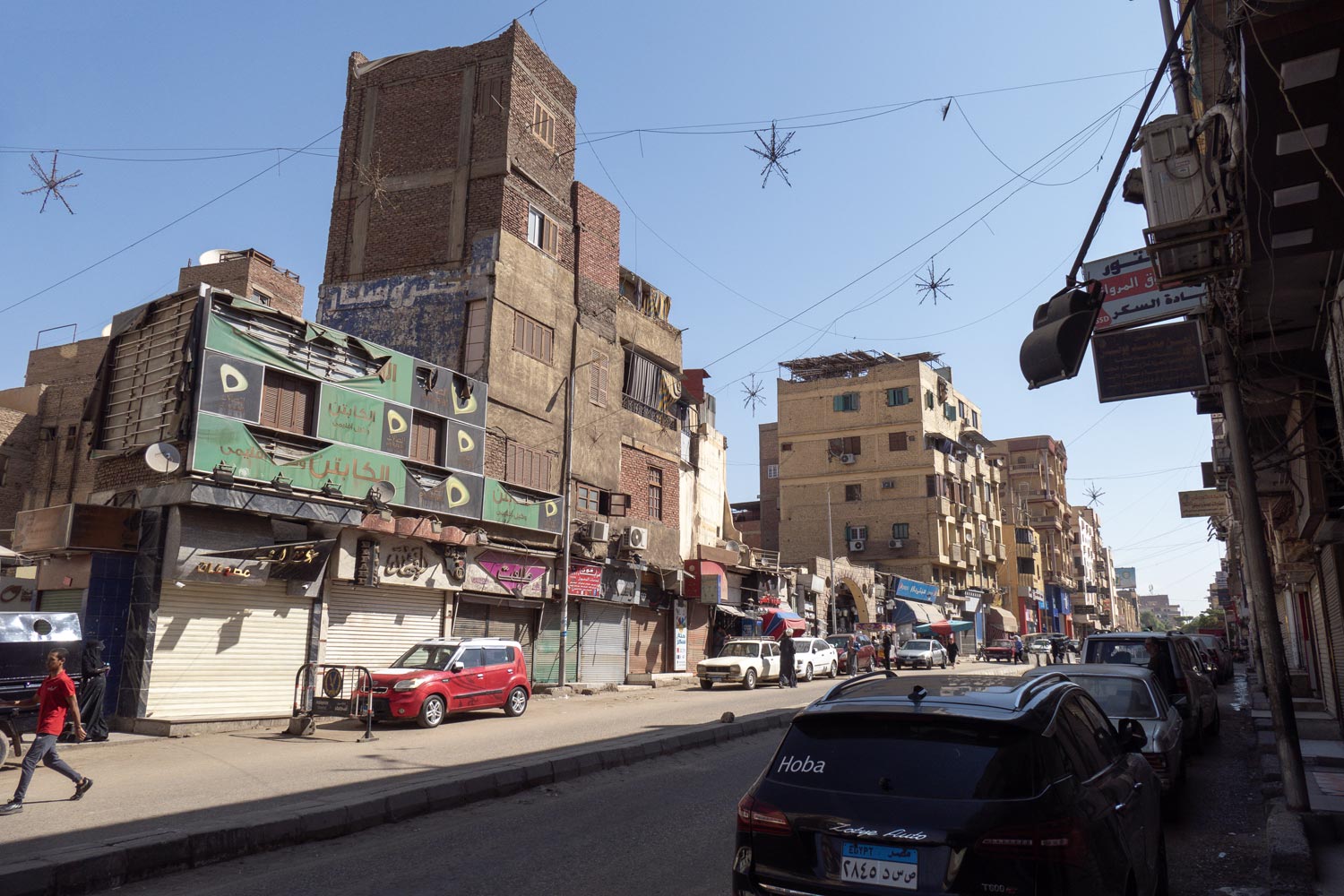
The reader might have thought that living in a clay African house is terrible. The reader simply hasn’t seen real horror:
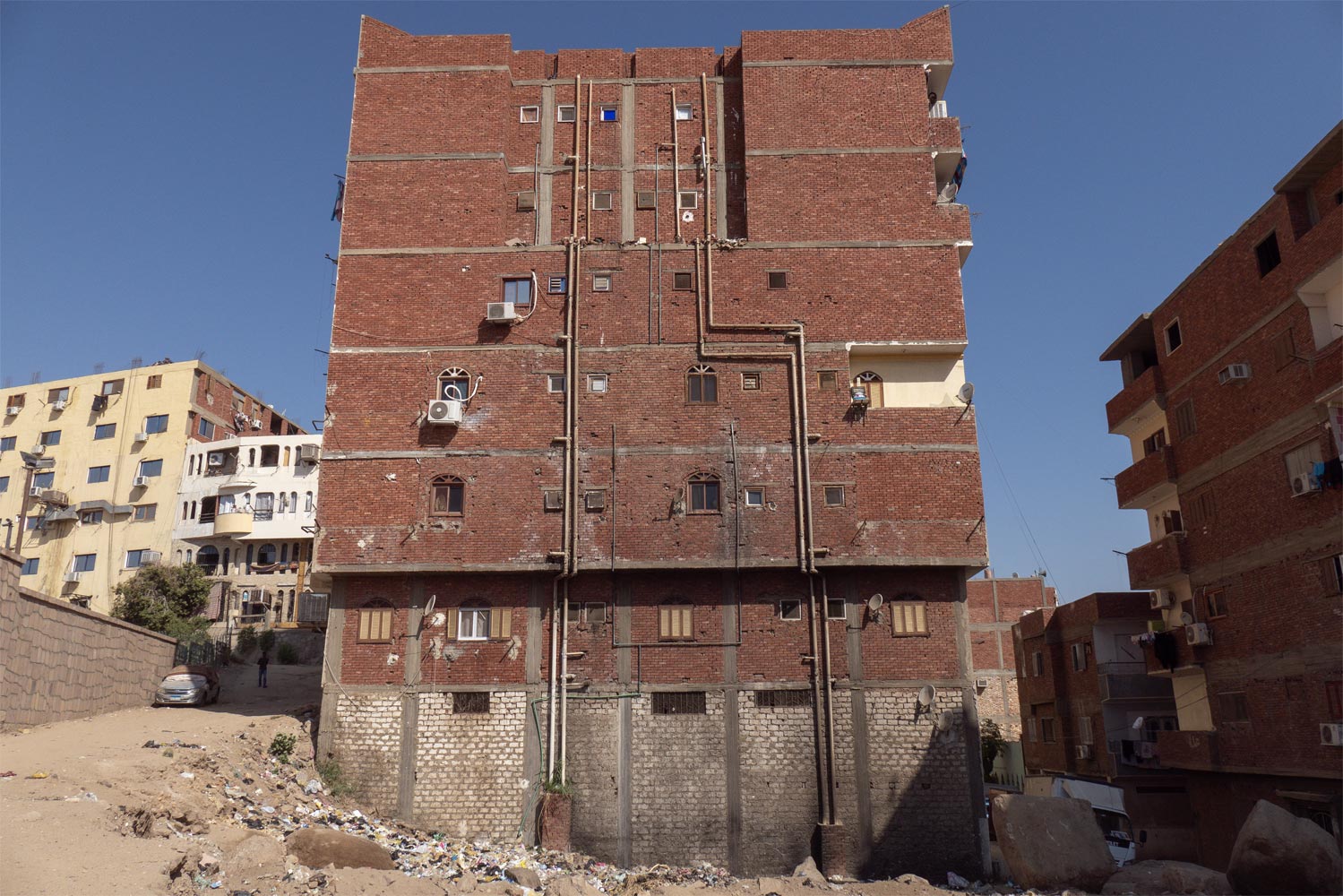
In the city, you can easily come across a pile of garbage right outside the windows. The residents are fine with it: both the flies and the stench.
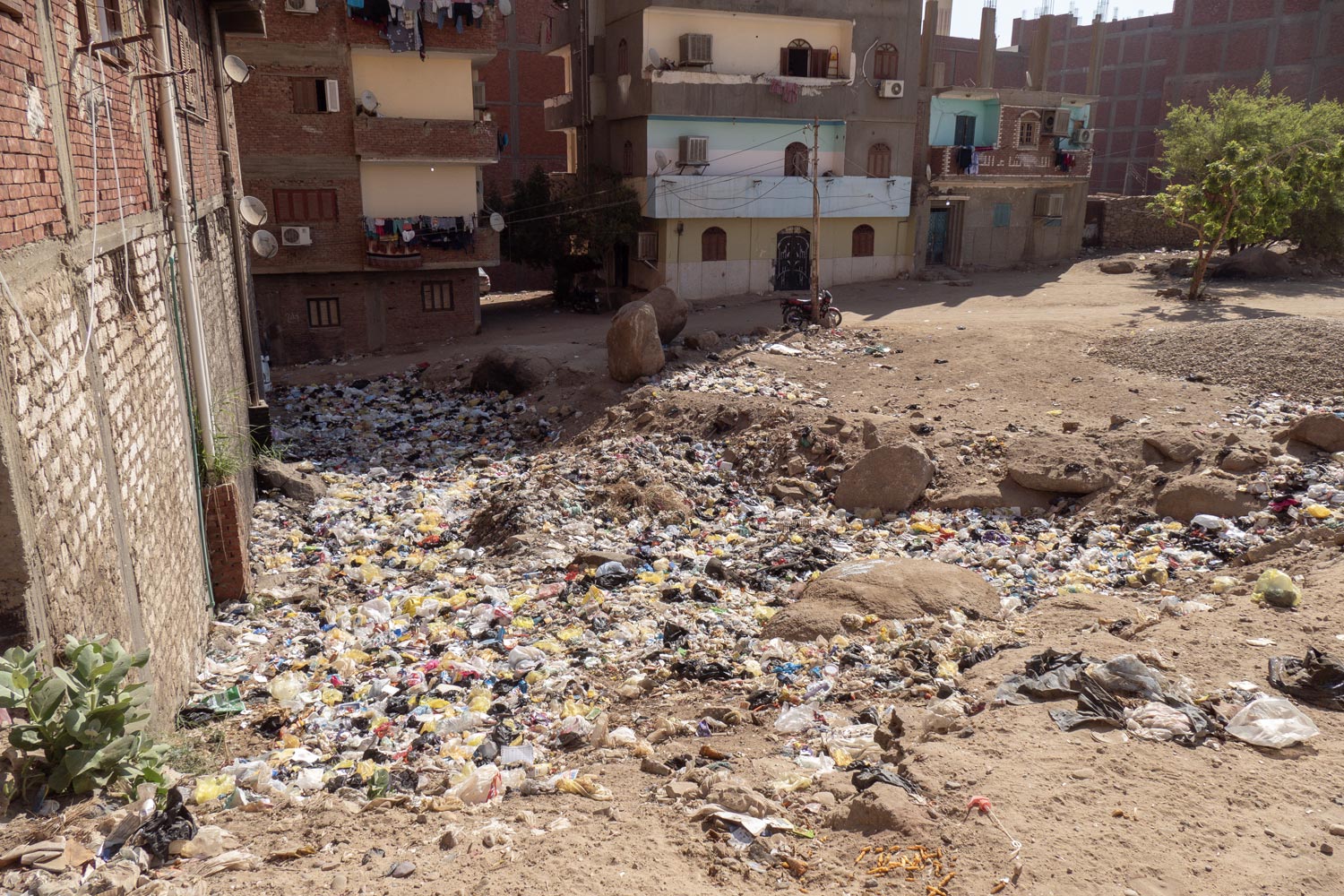
It seems that Aswan, as a city, has nothing to offer the traveler. Even the local market doesn’t look like an Arab bazaar but rather like dreary rows of stalls. As for the unfinished obelisk... Haven’t you seen obelisks before? They carry them around here with bare hands.
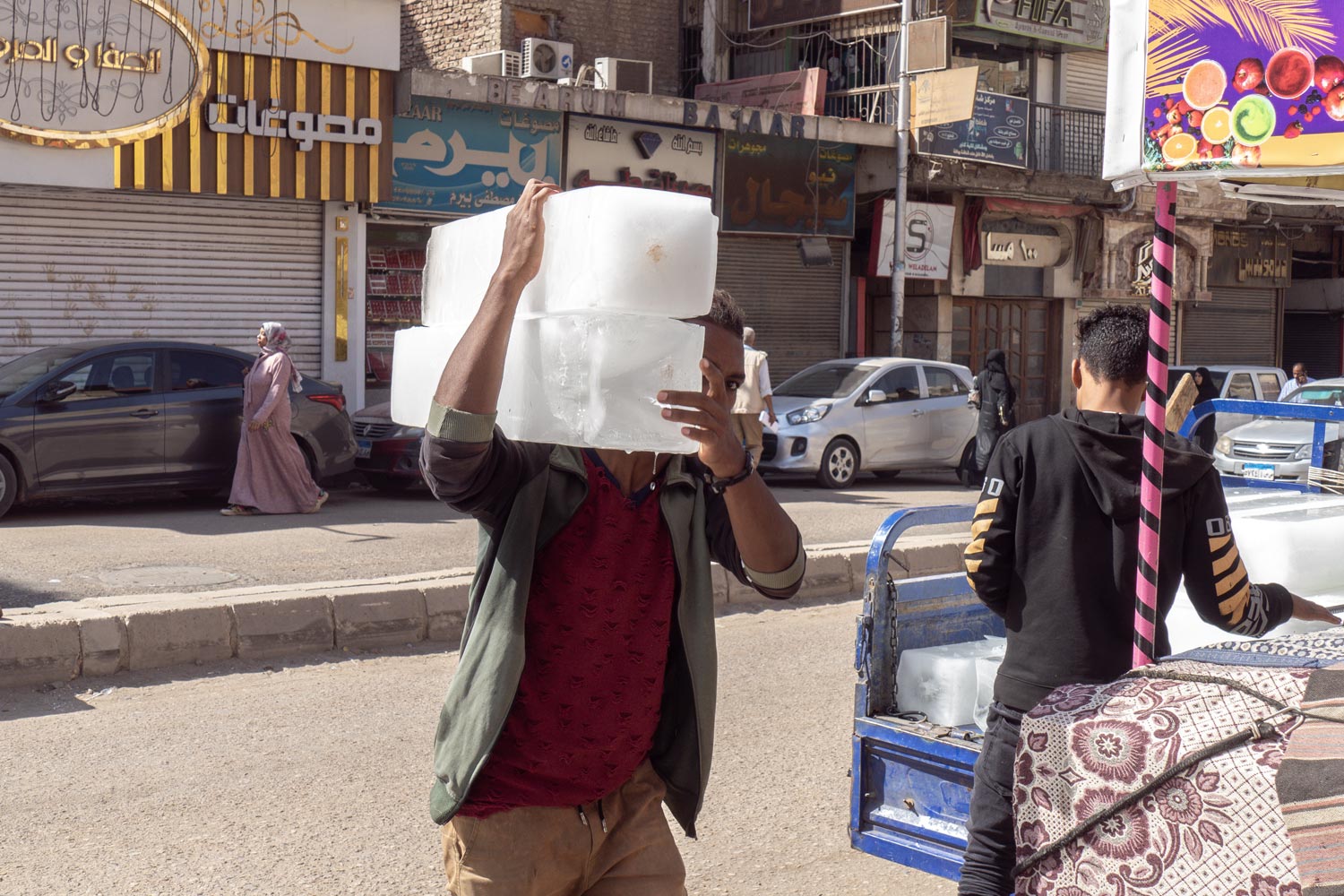
There is one good thing about Aswan. From here, you can reach the southernmost point of Egypt — the sacred rock of Abu Simbel. That’s where we’re heading now!
